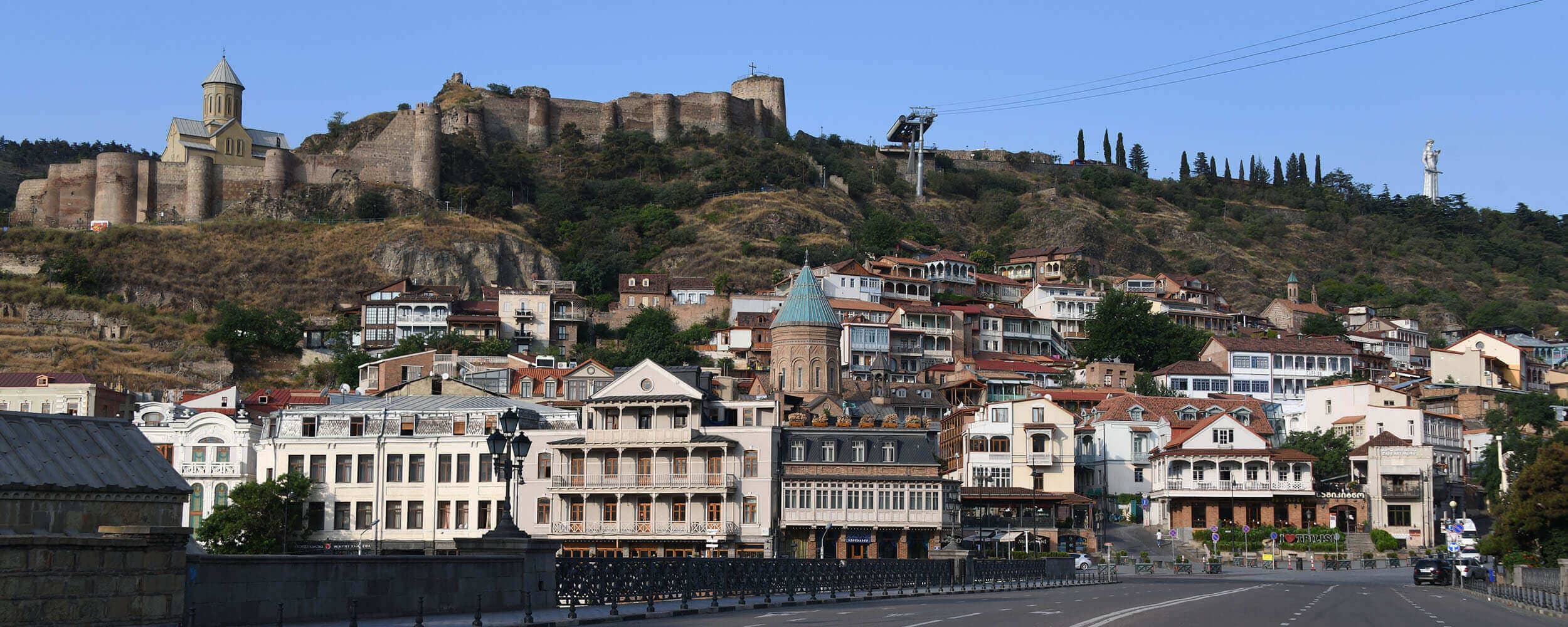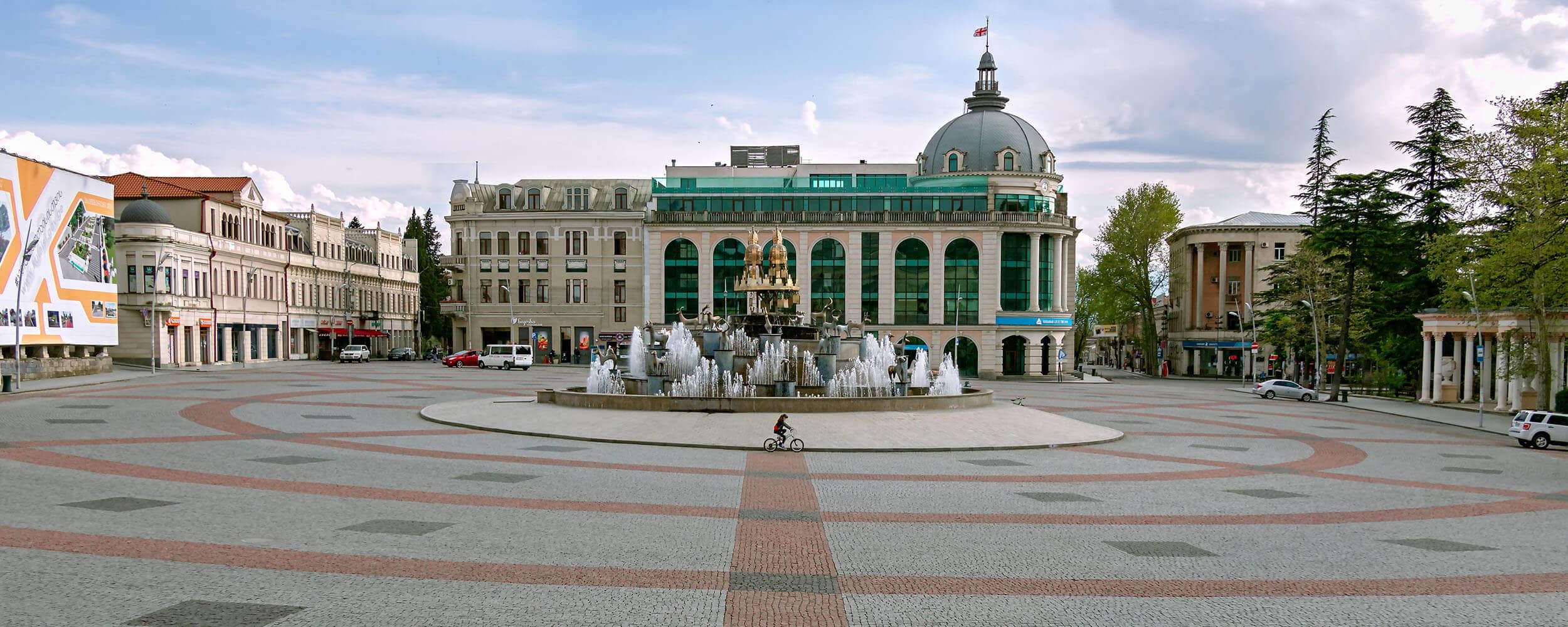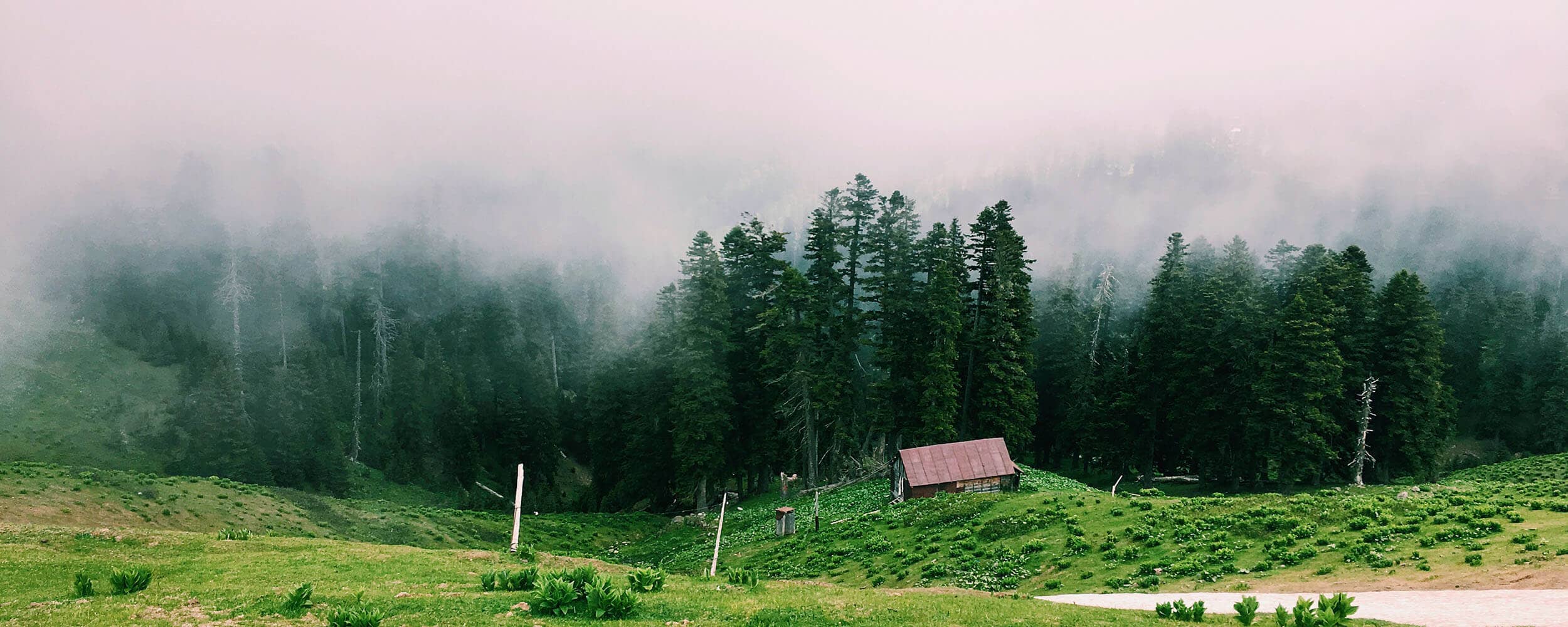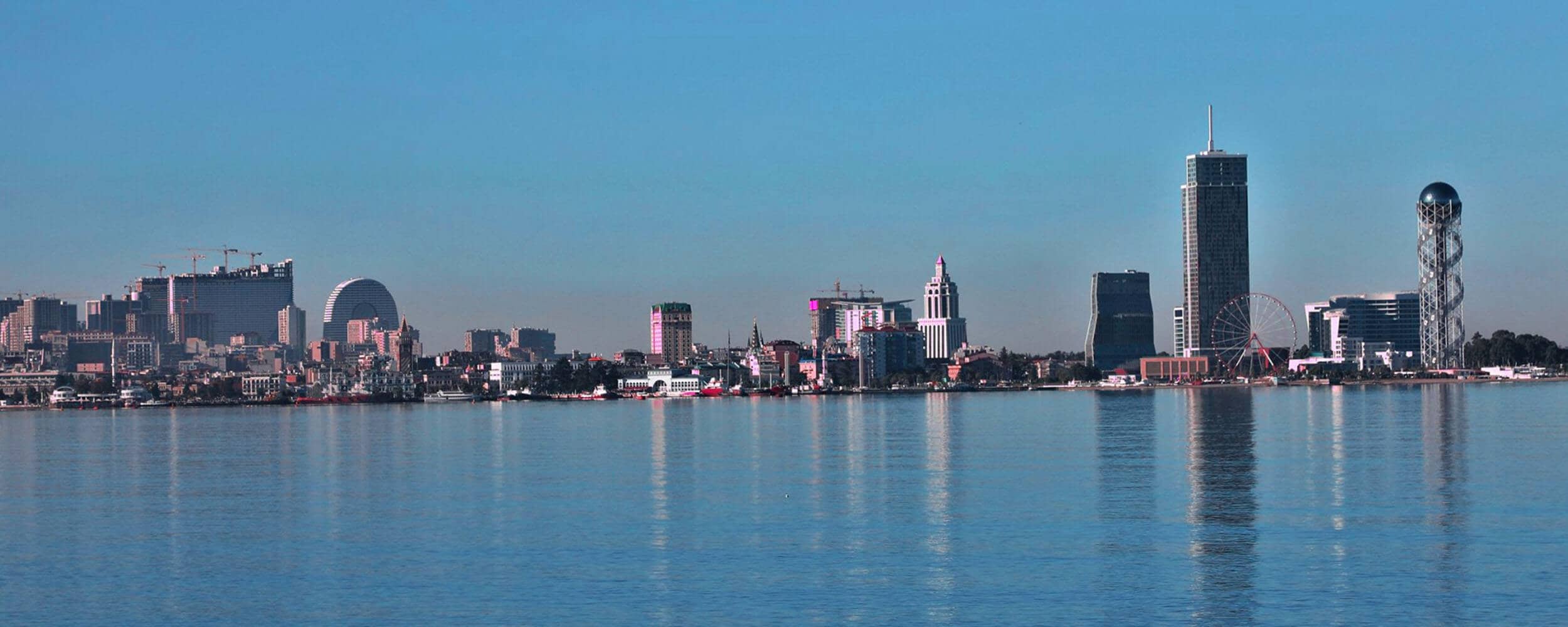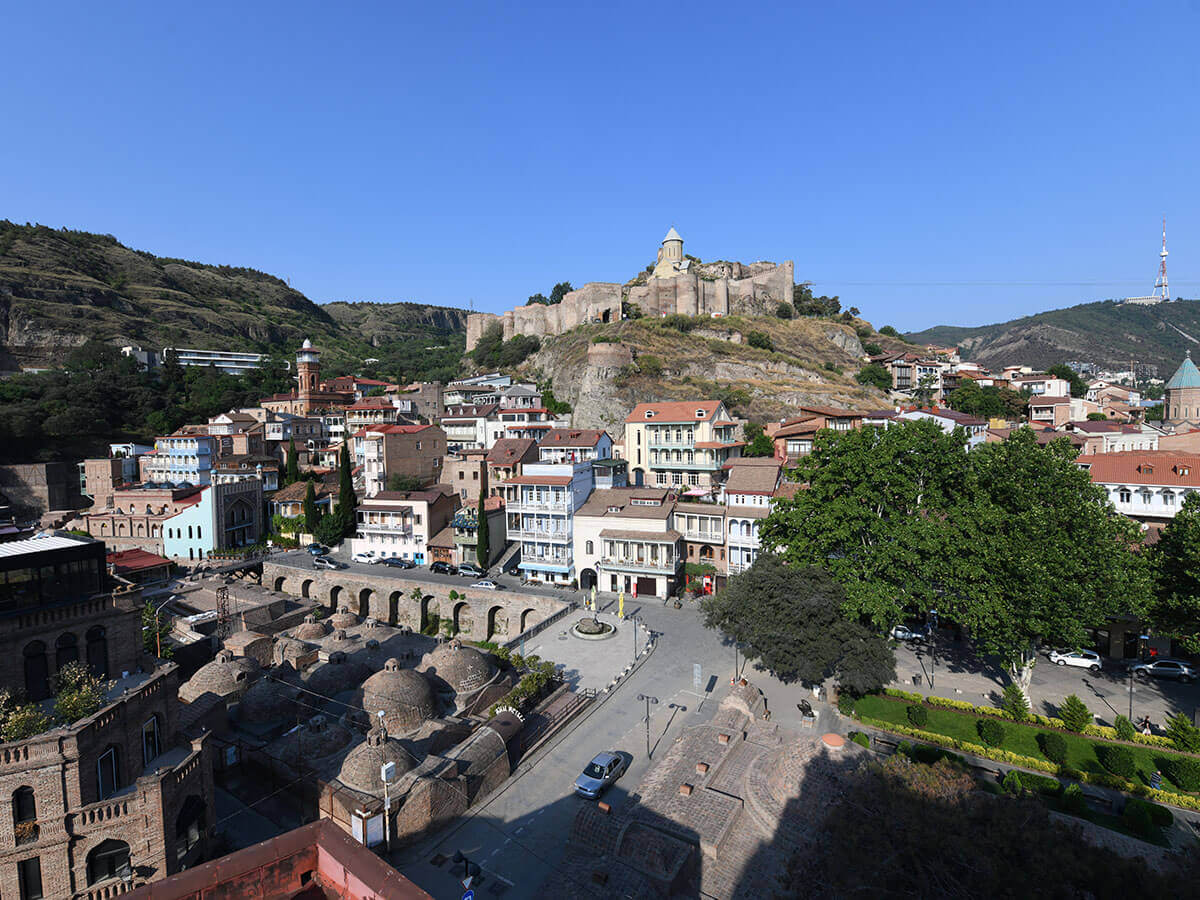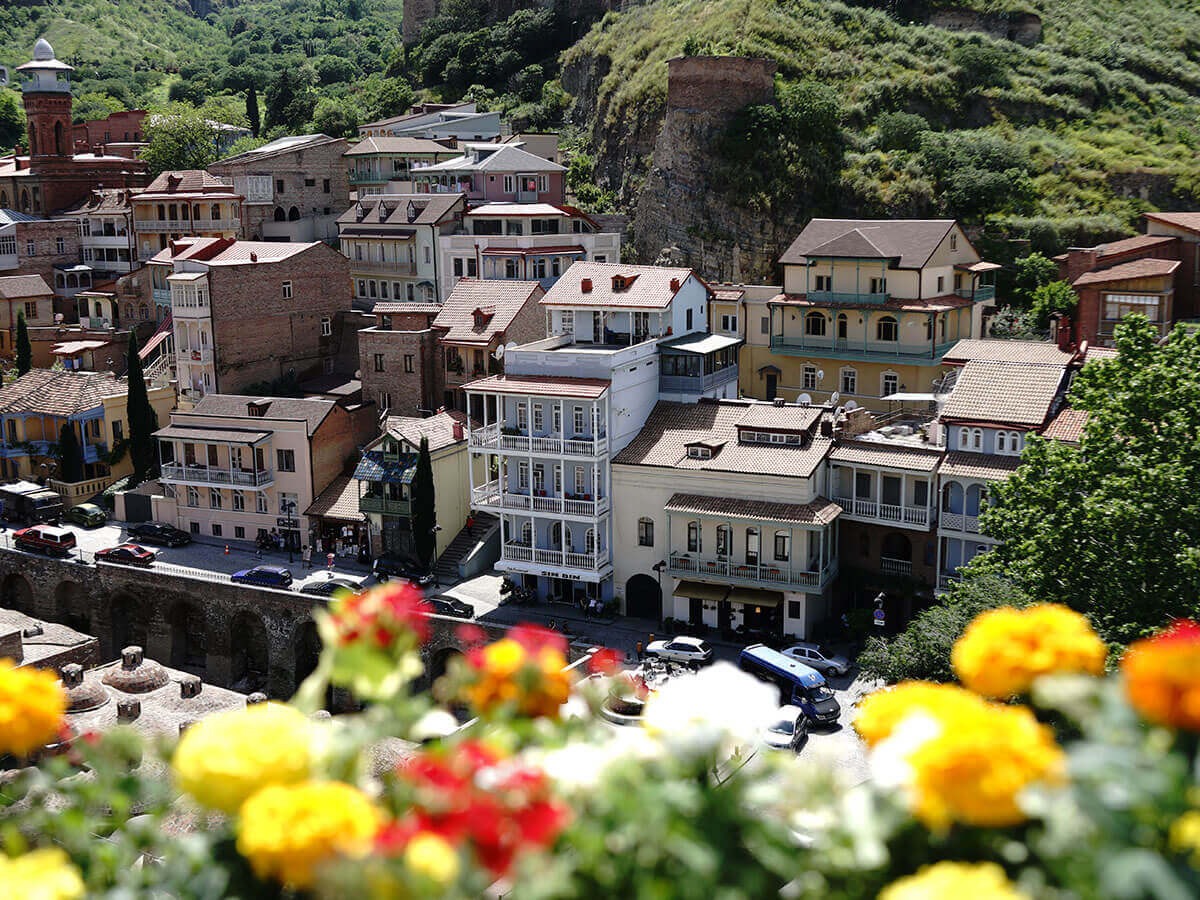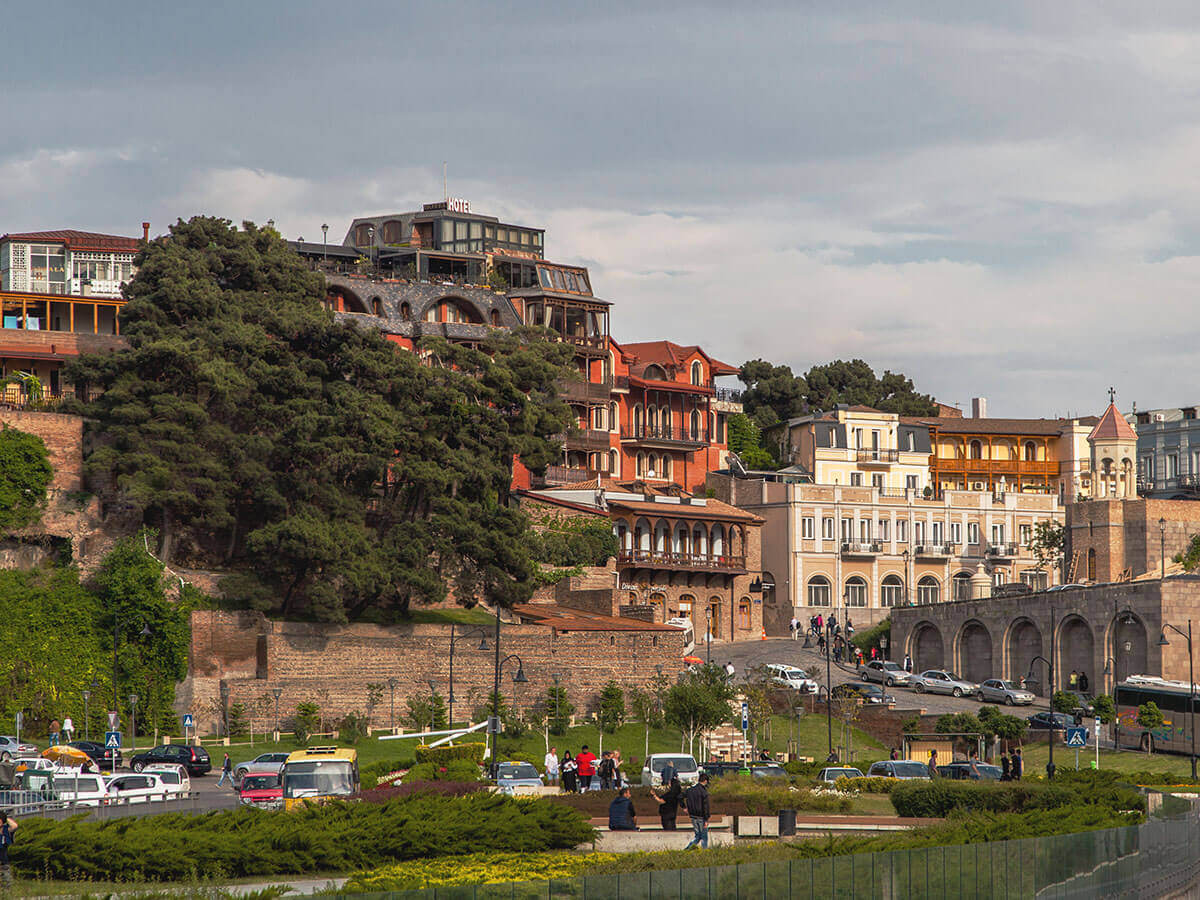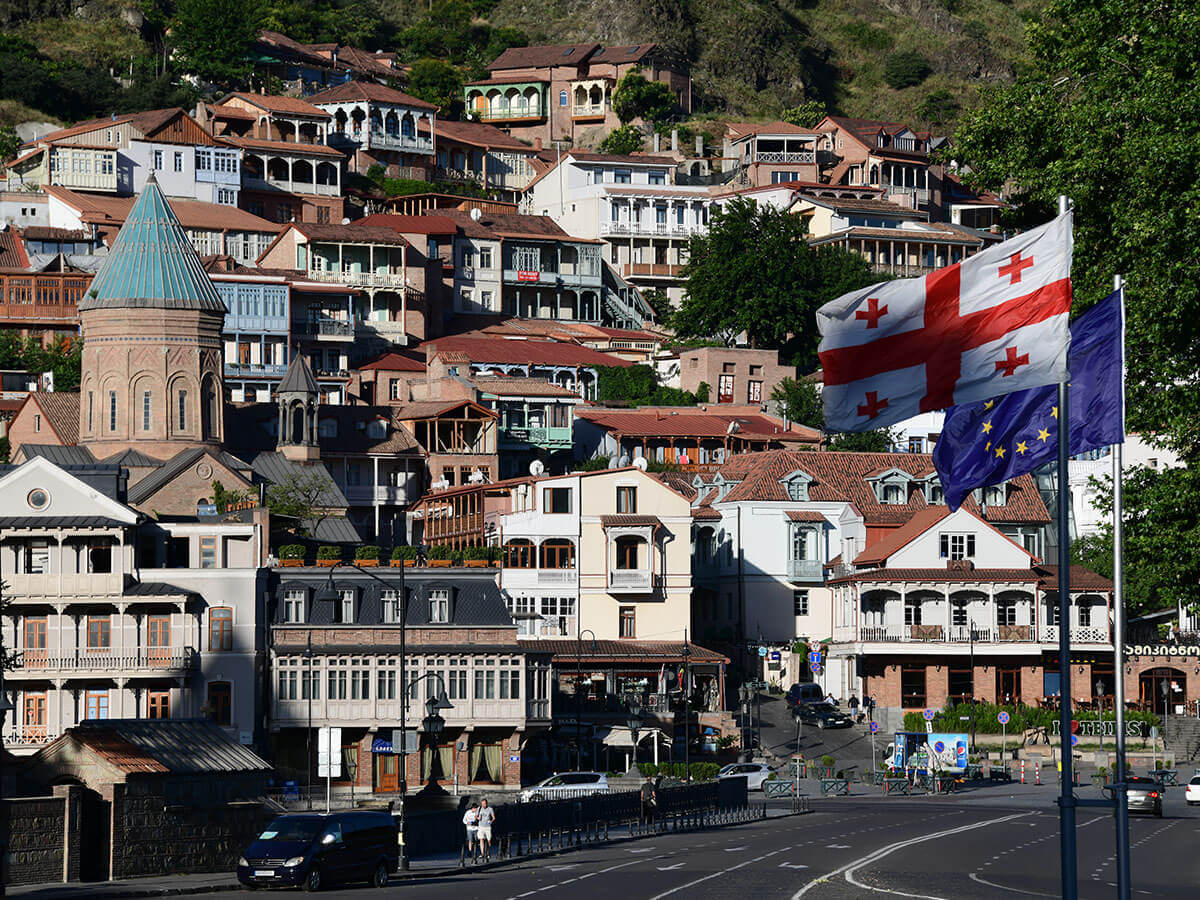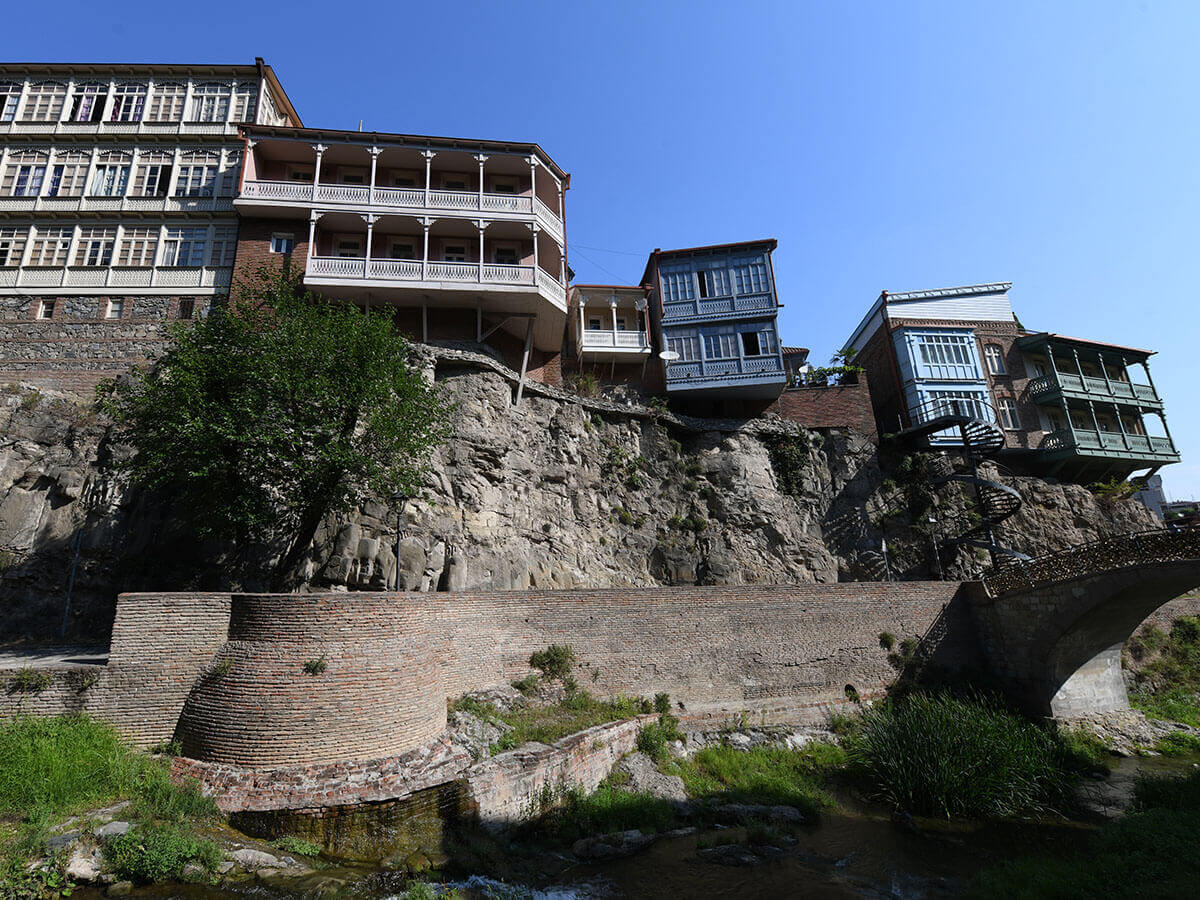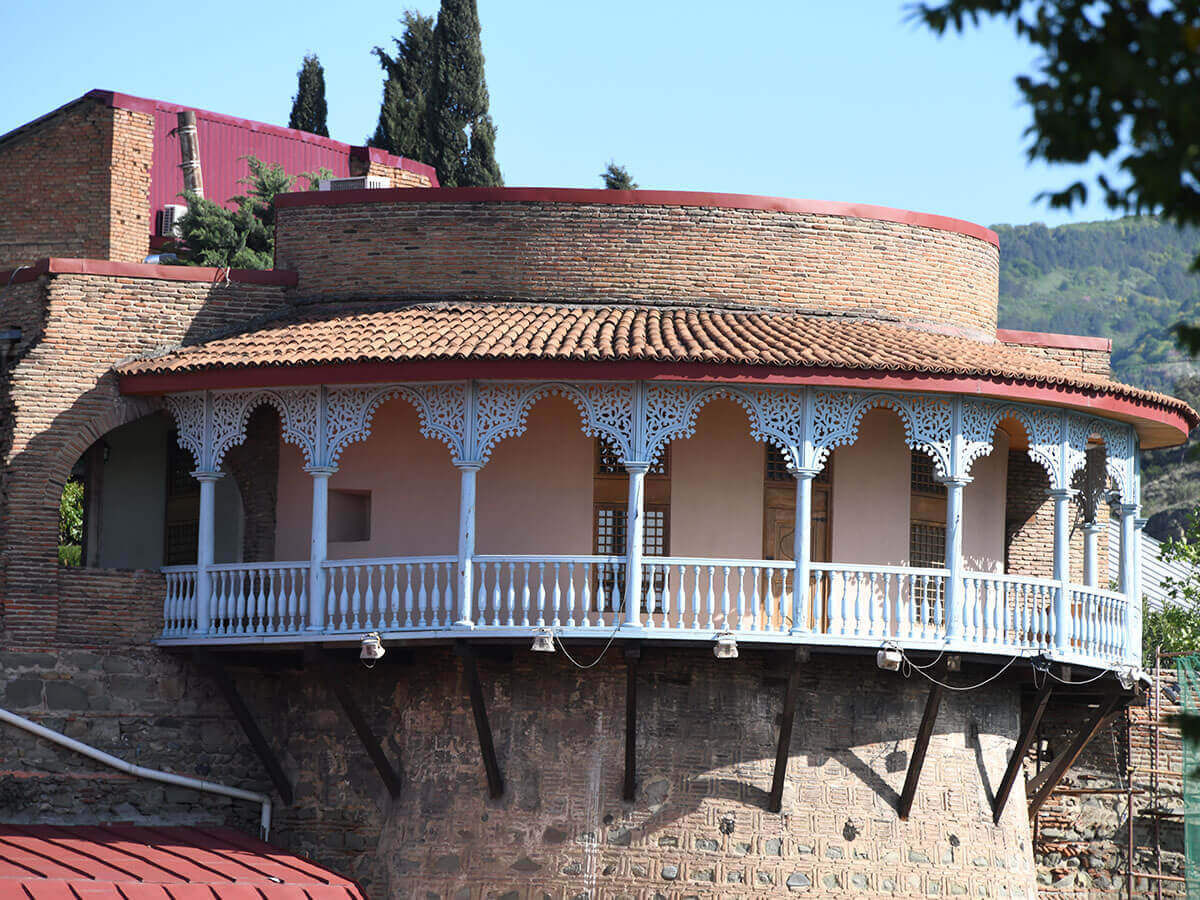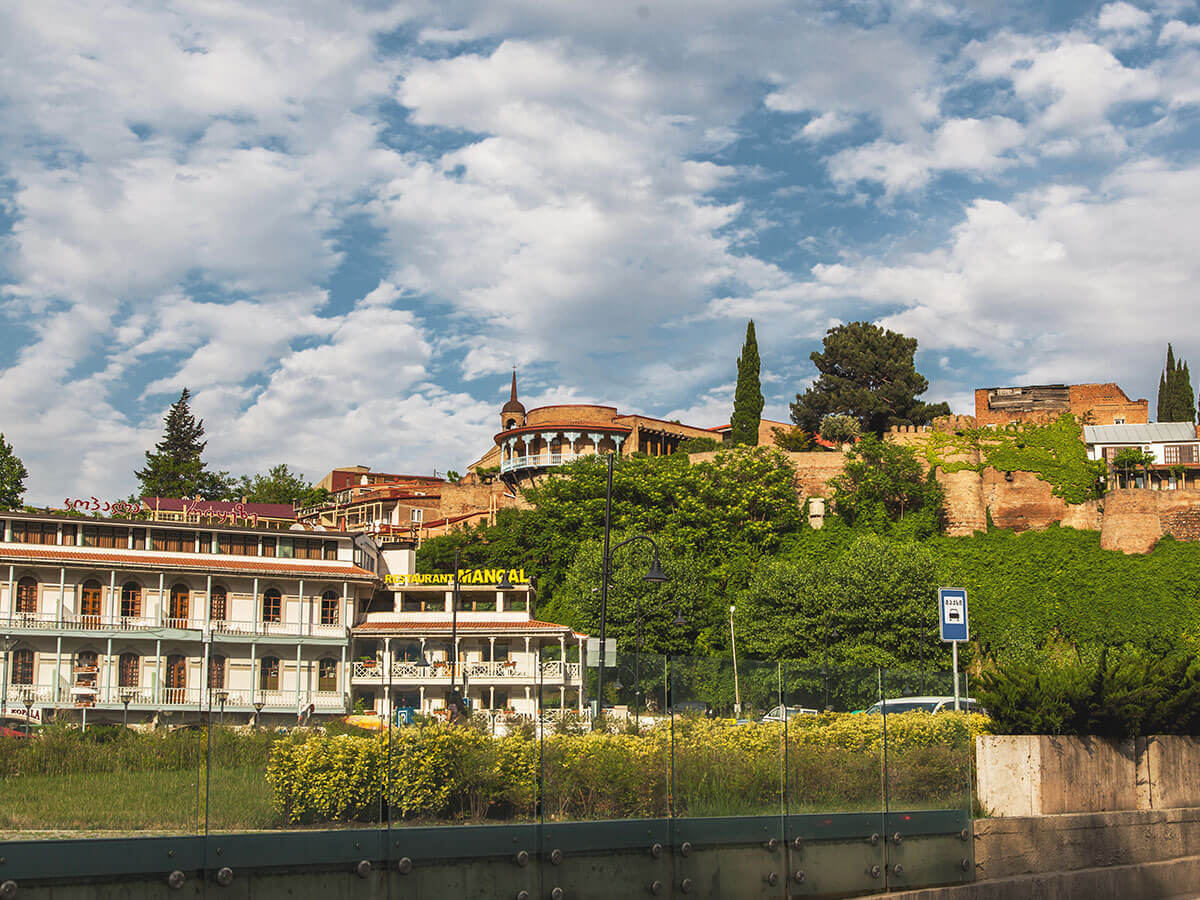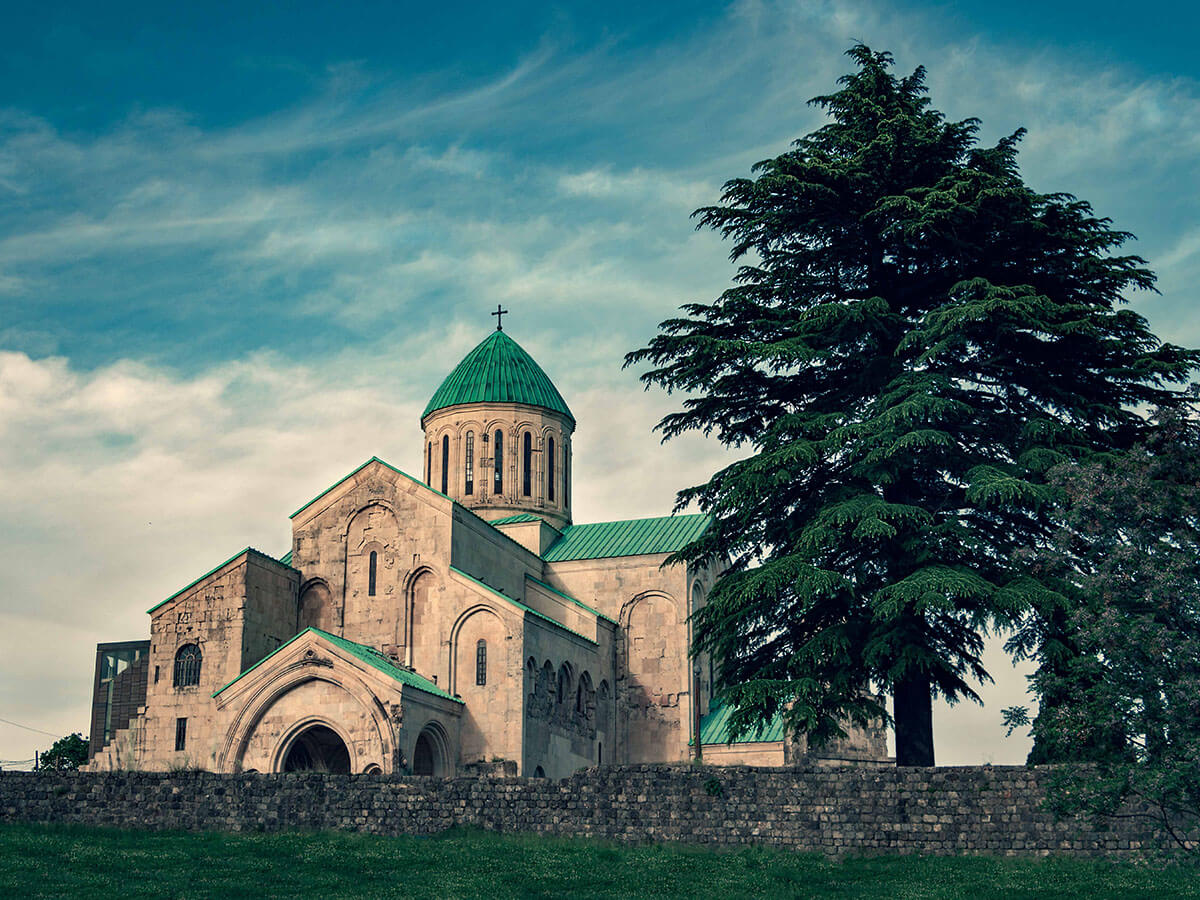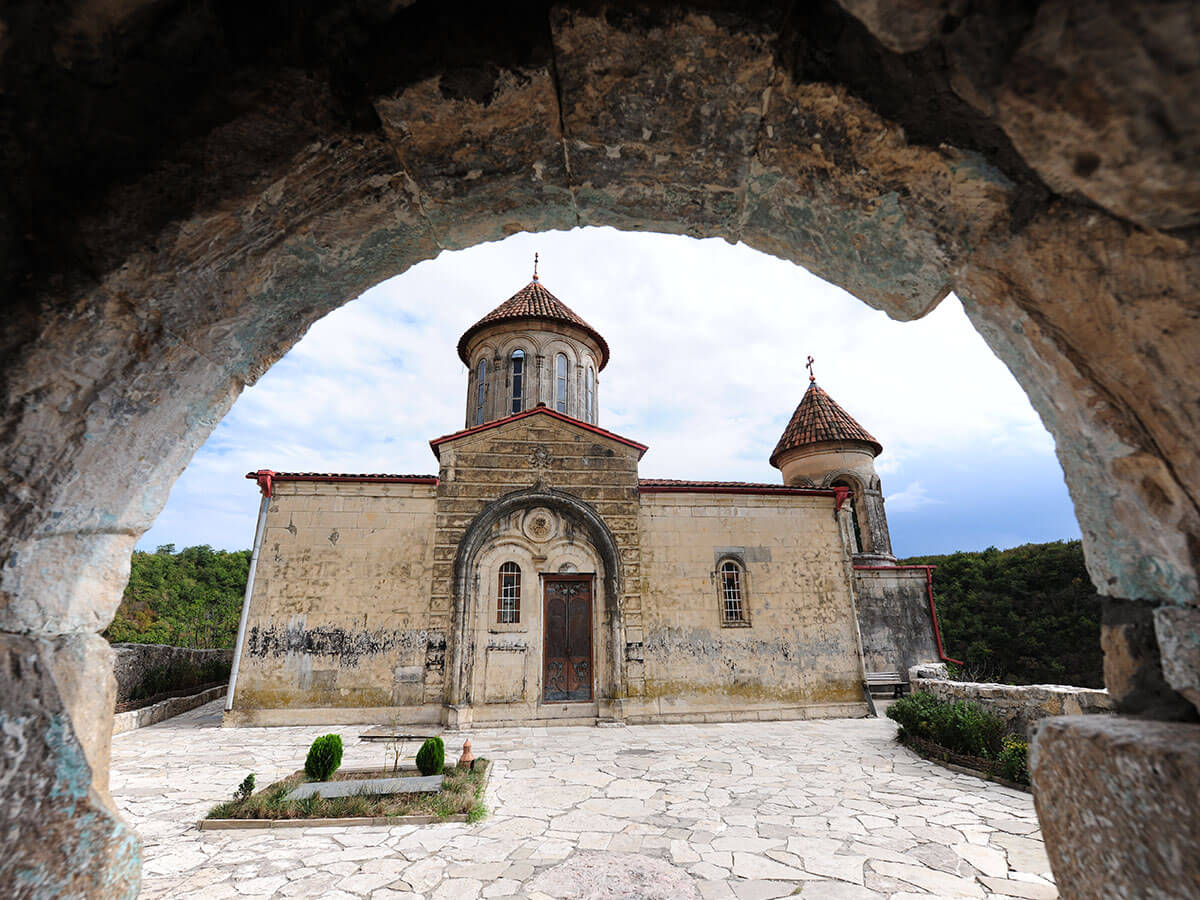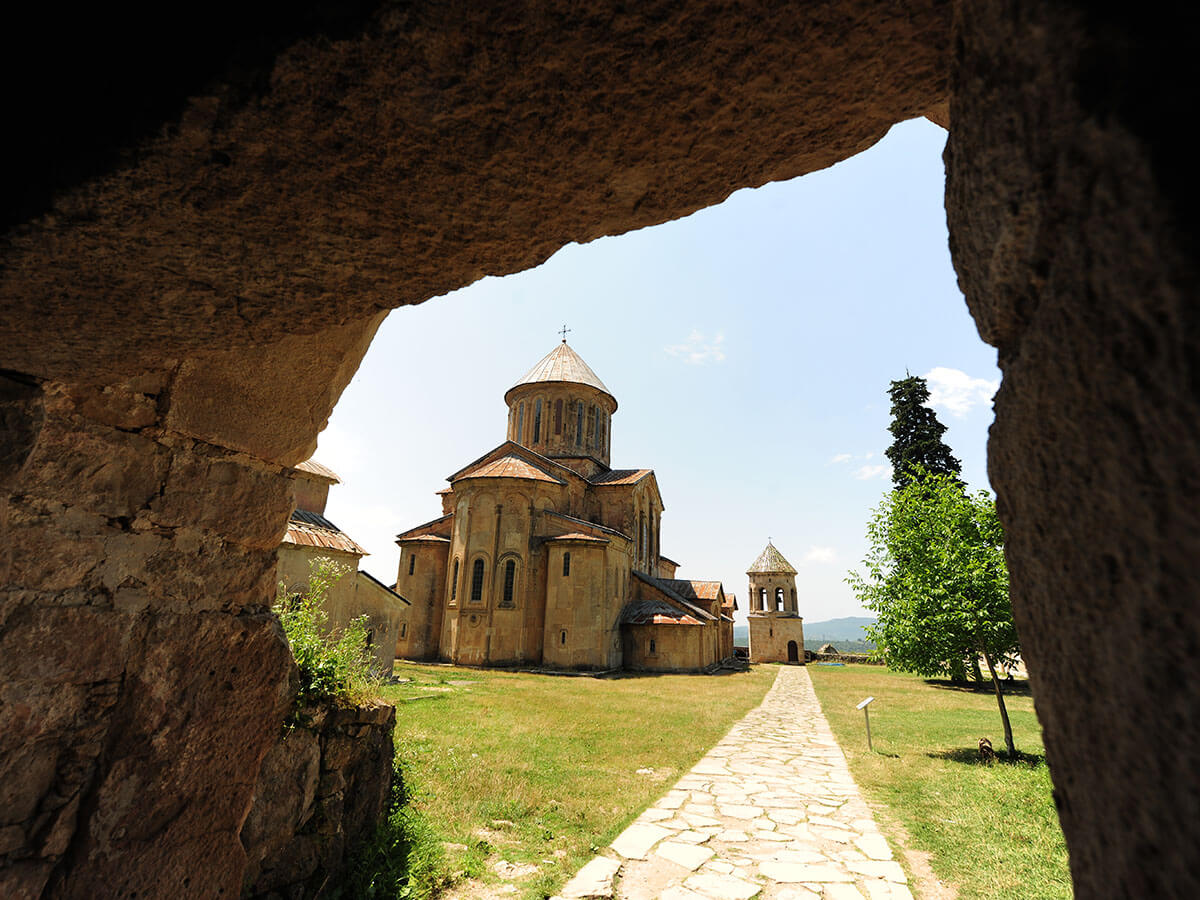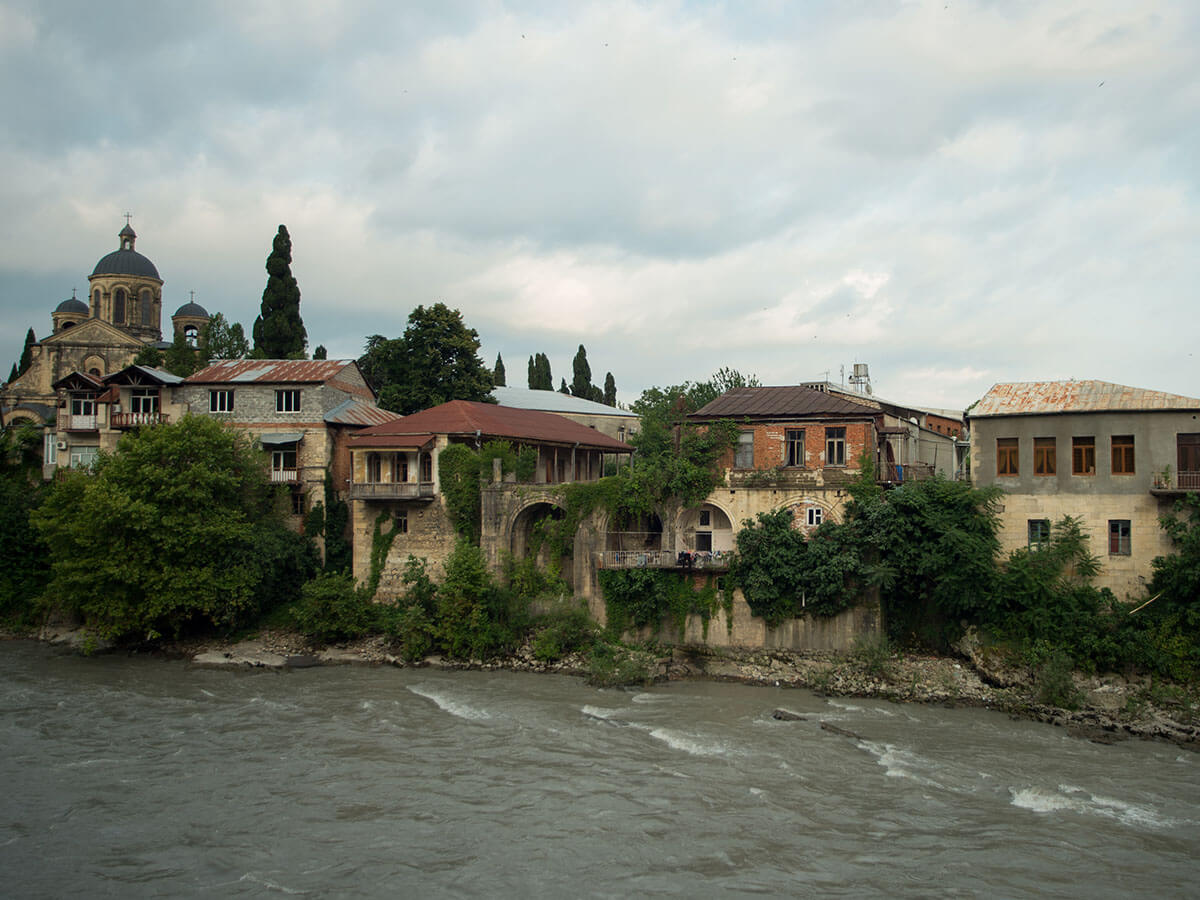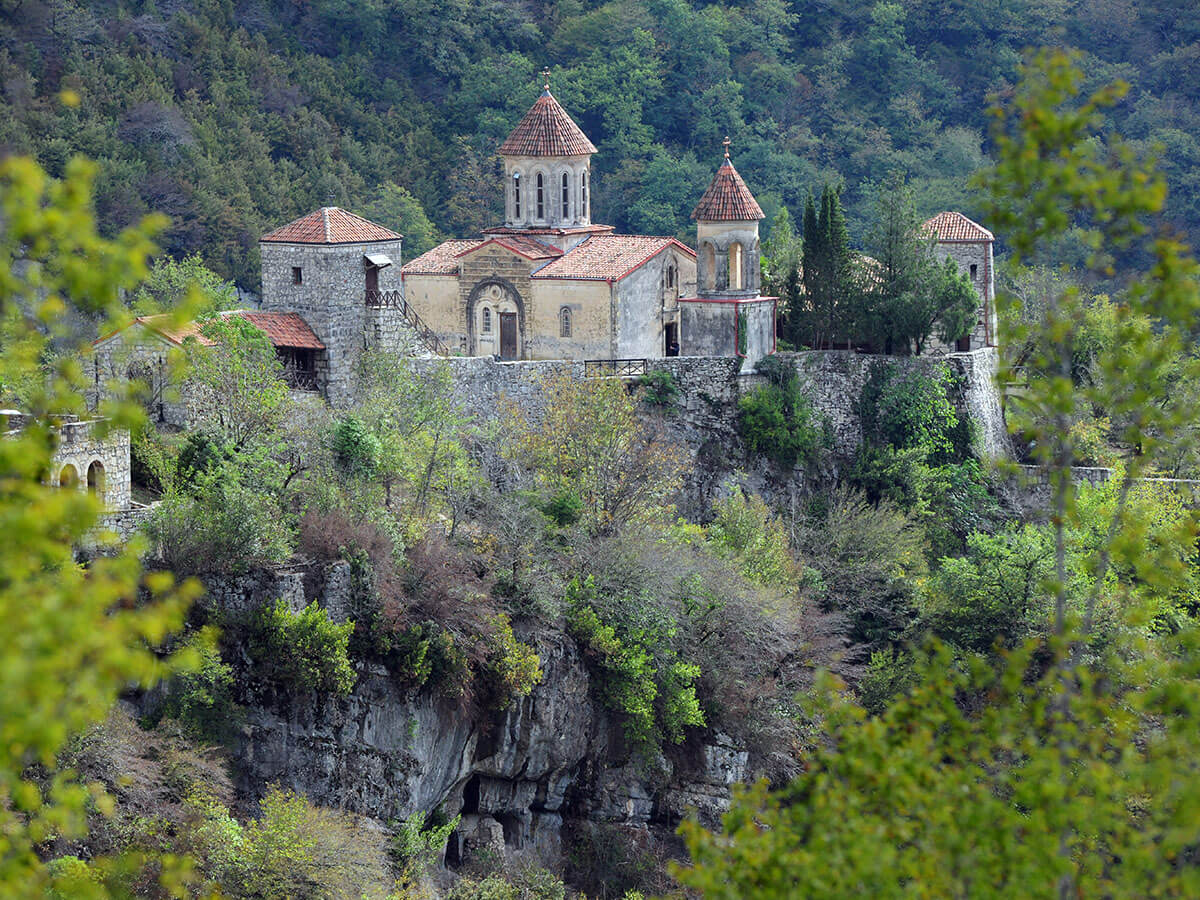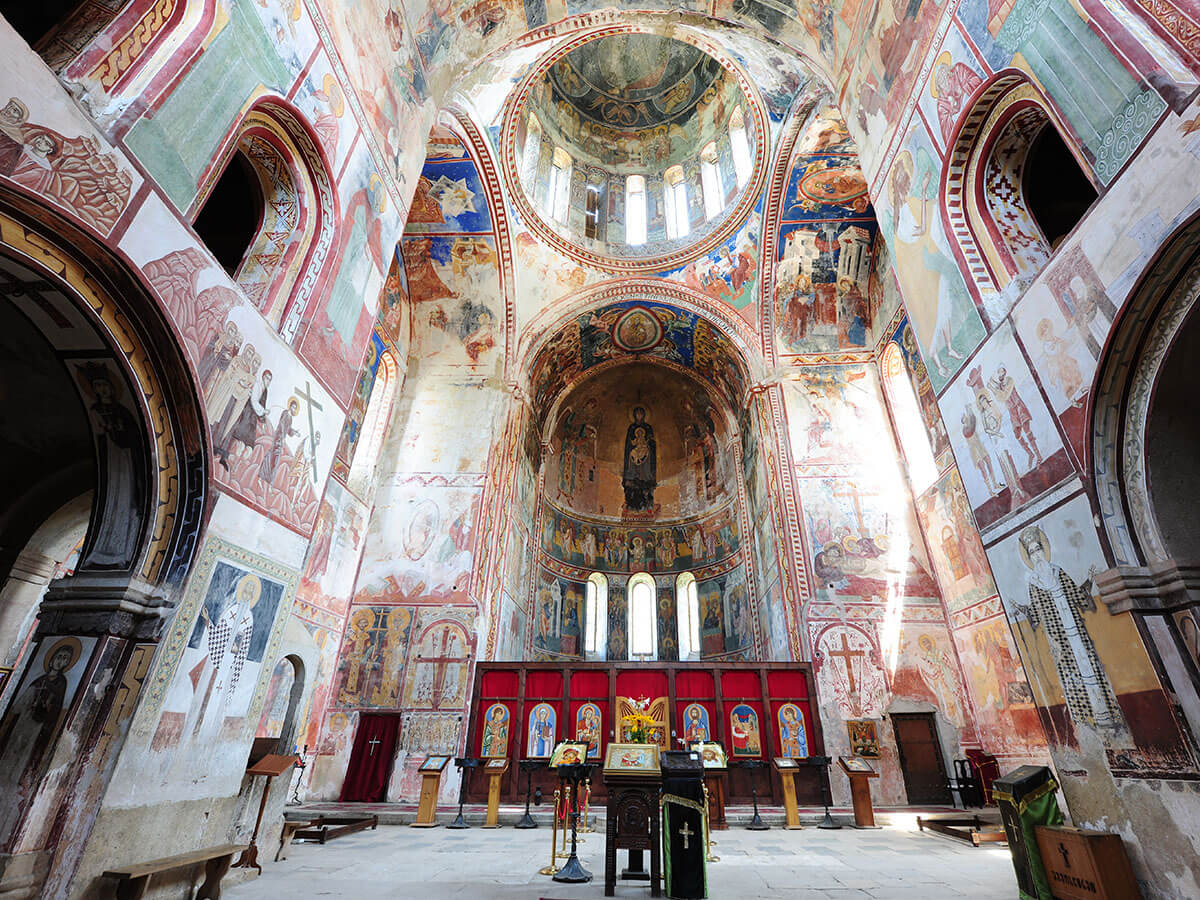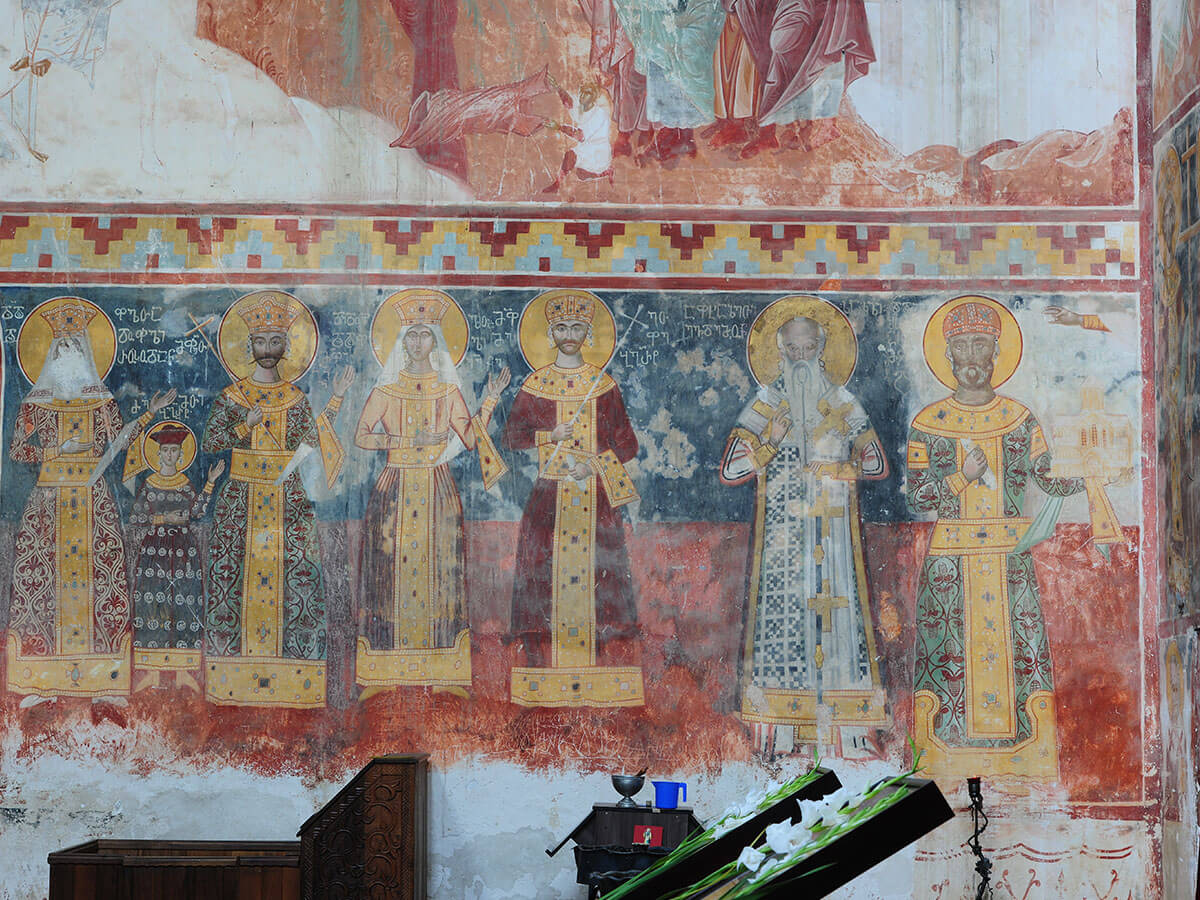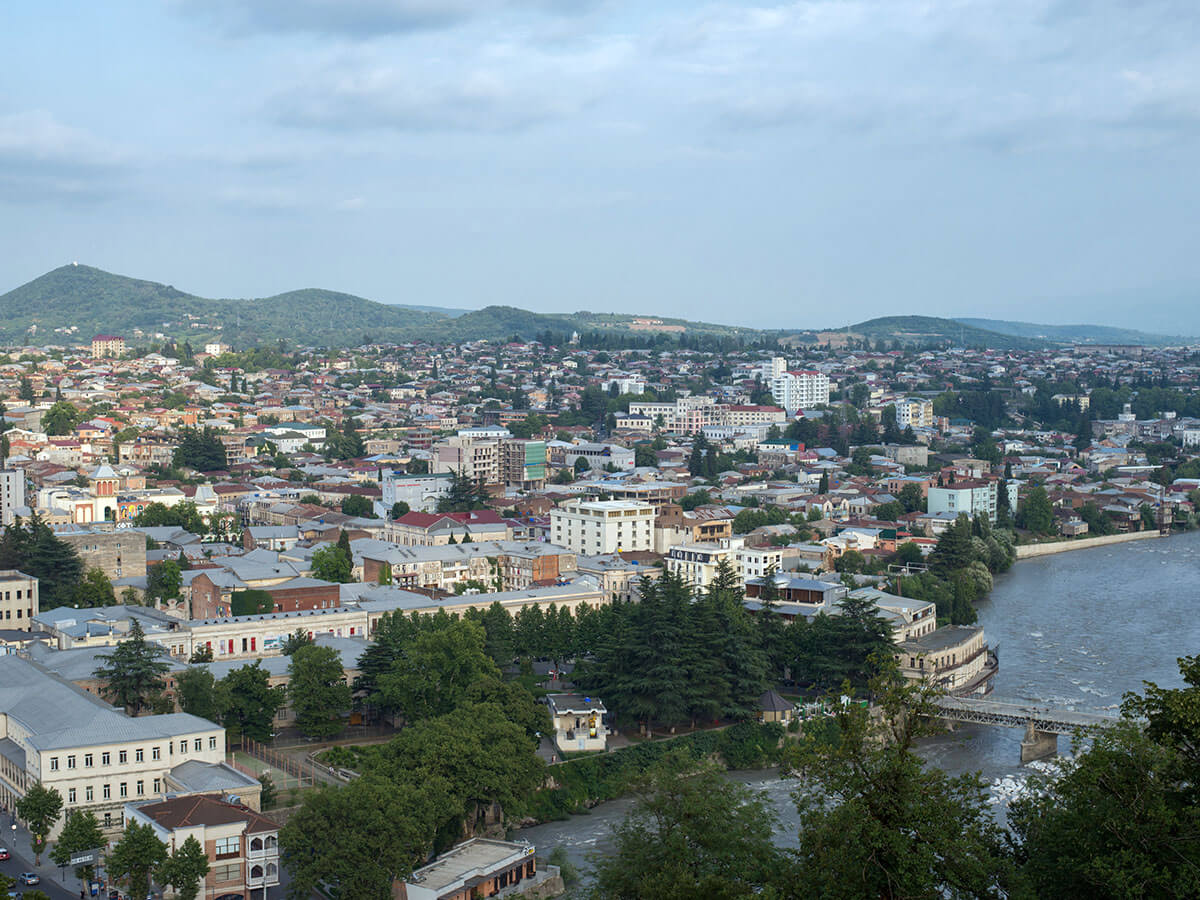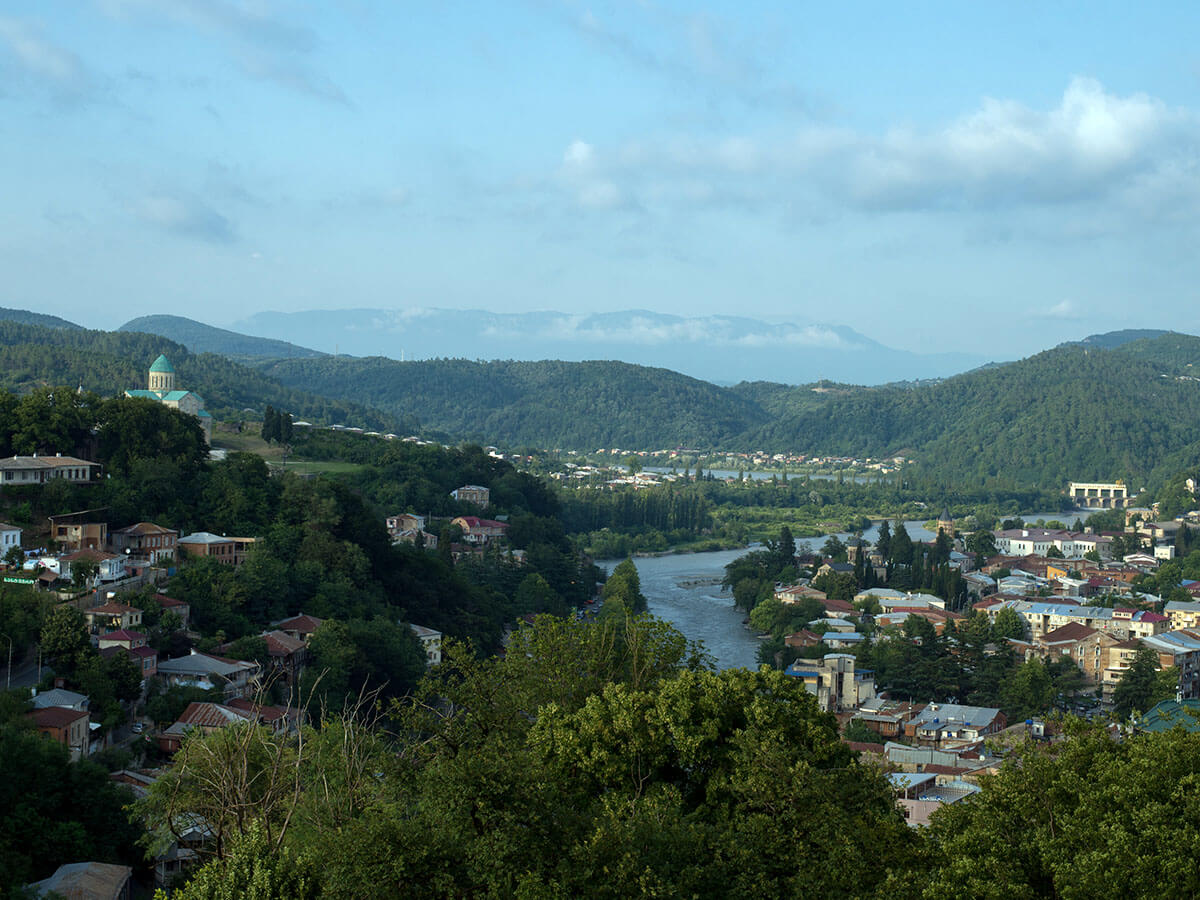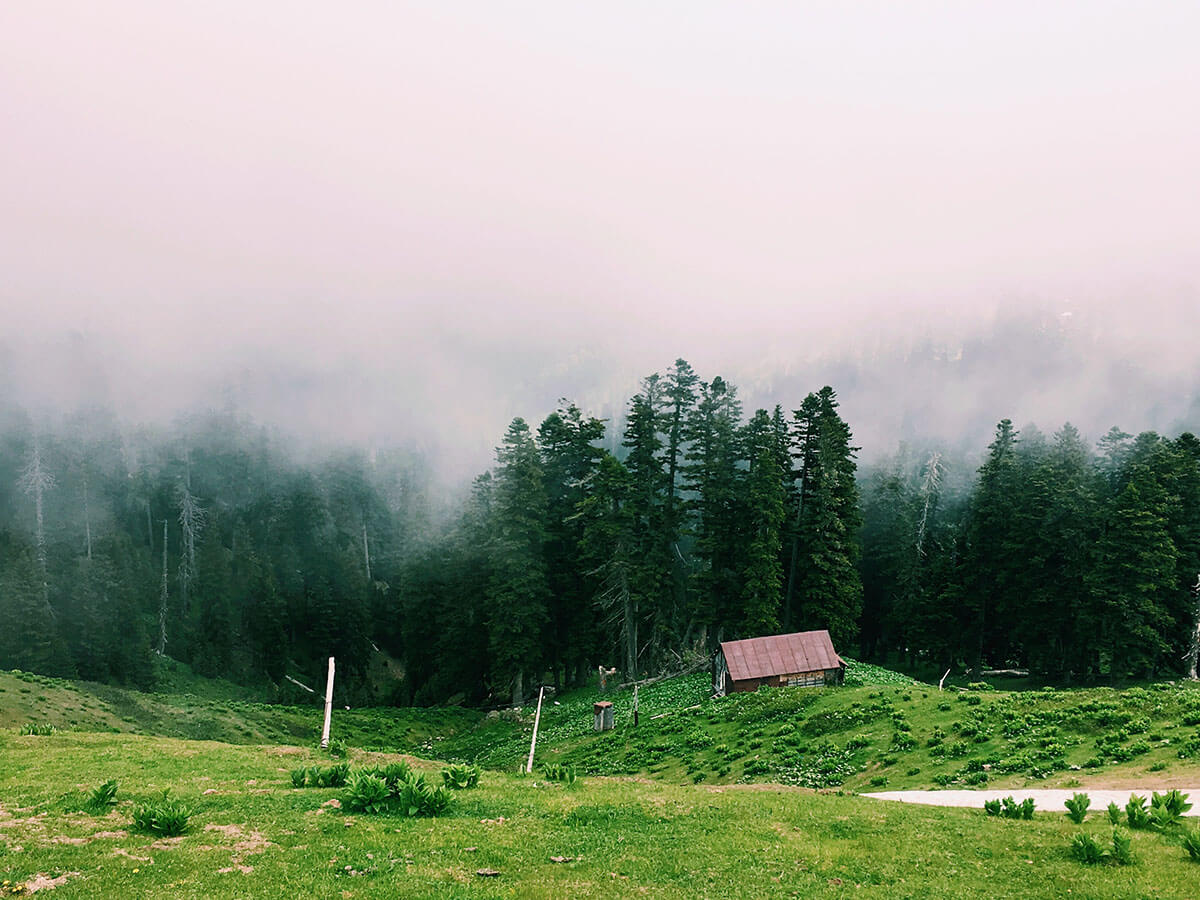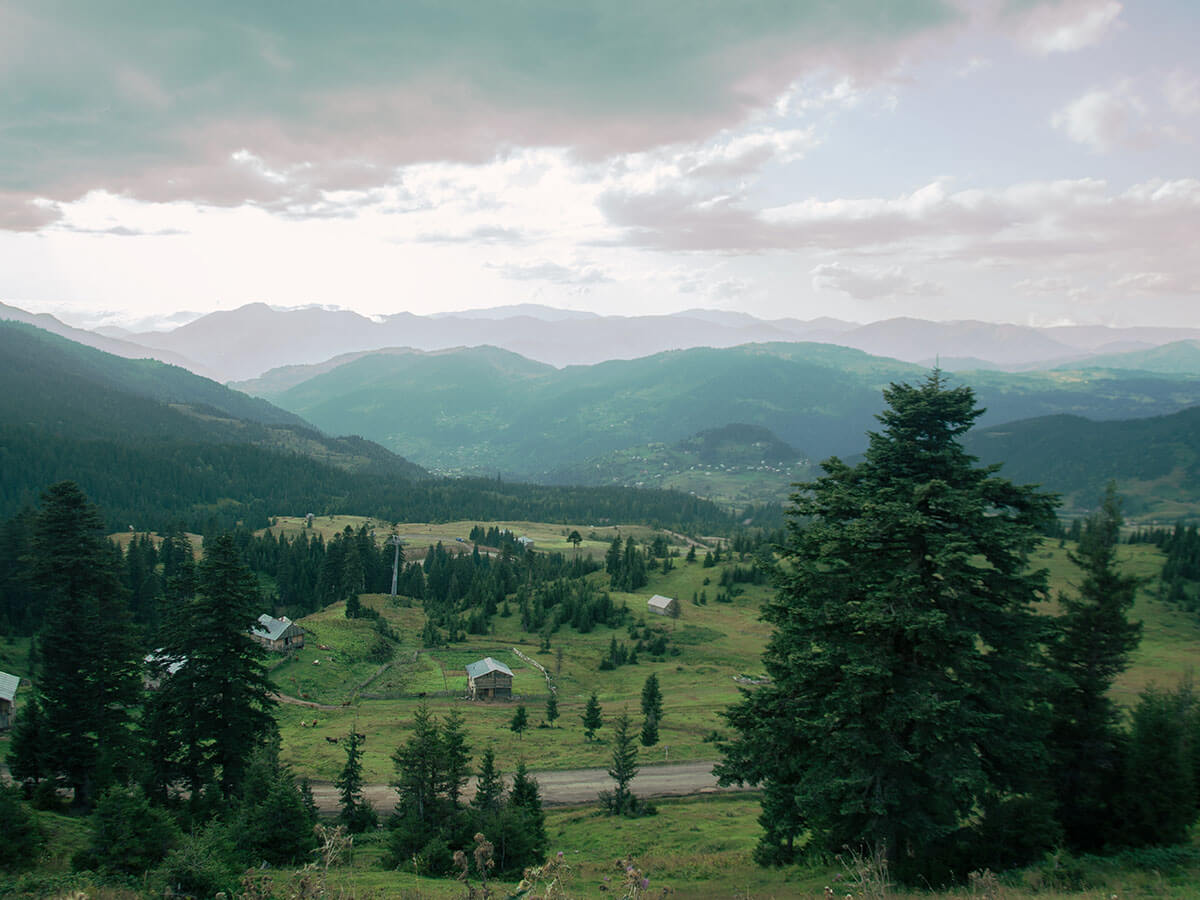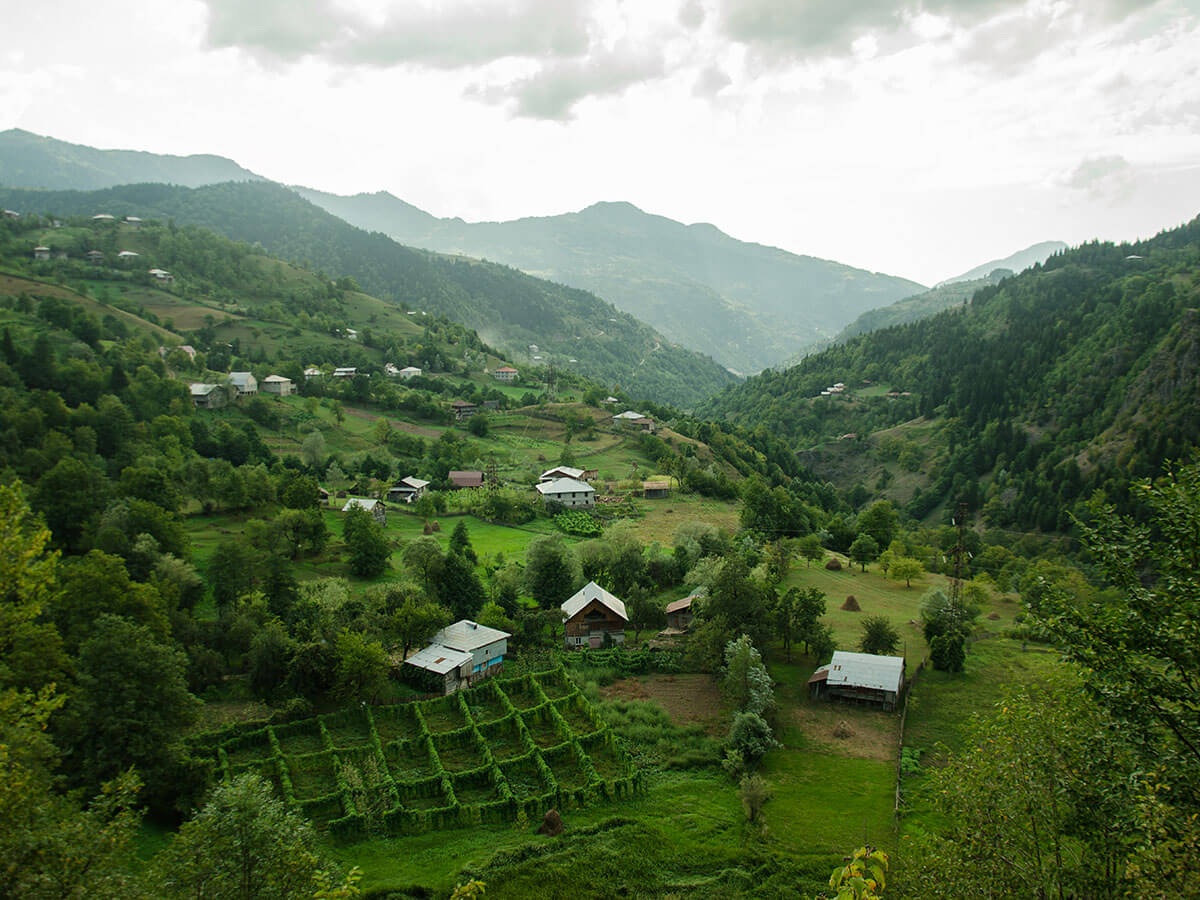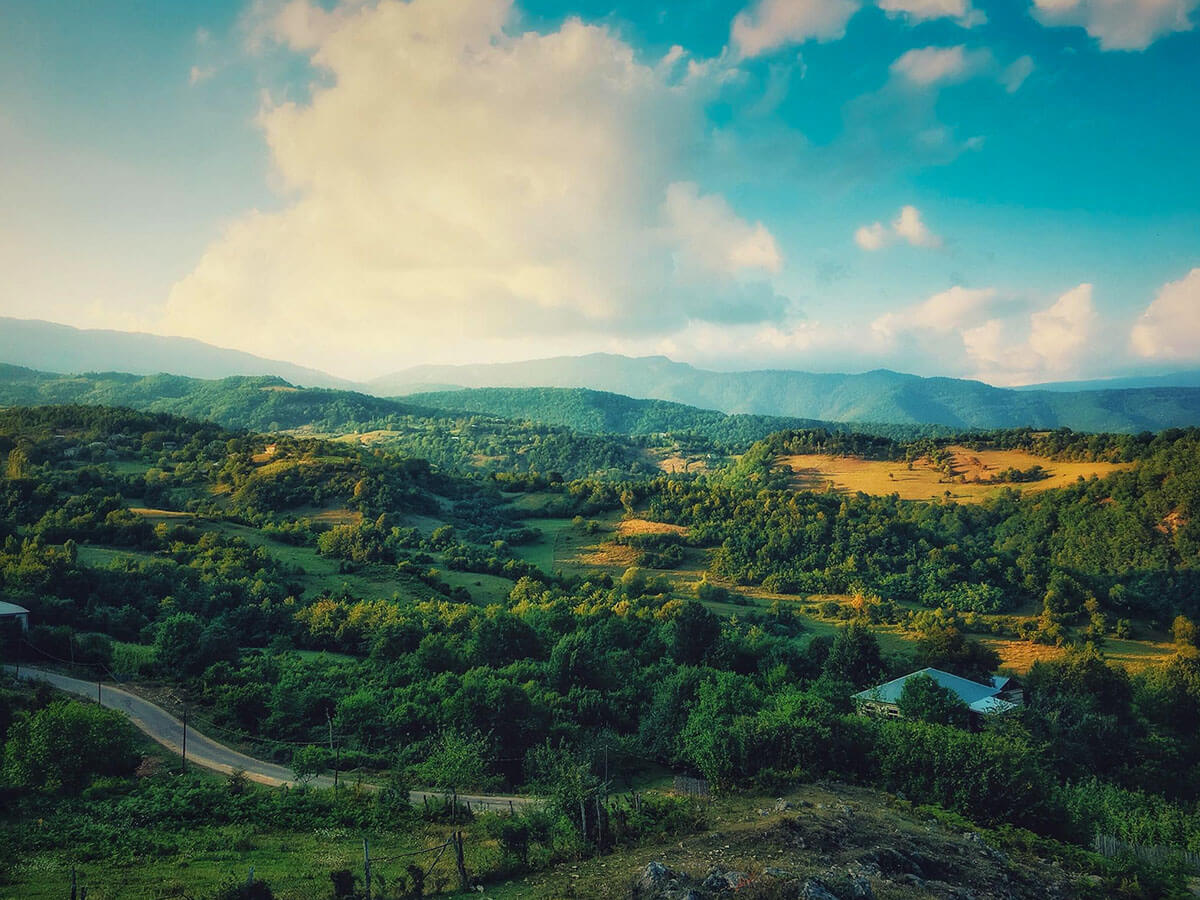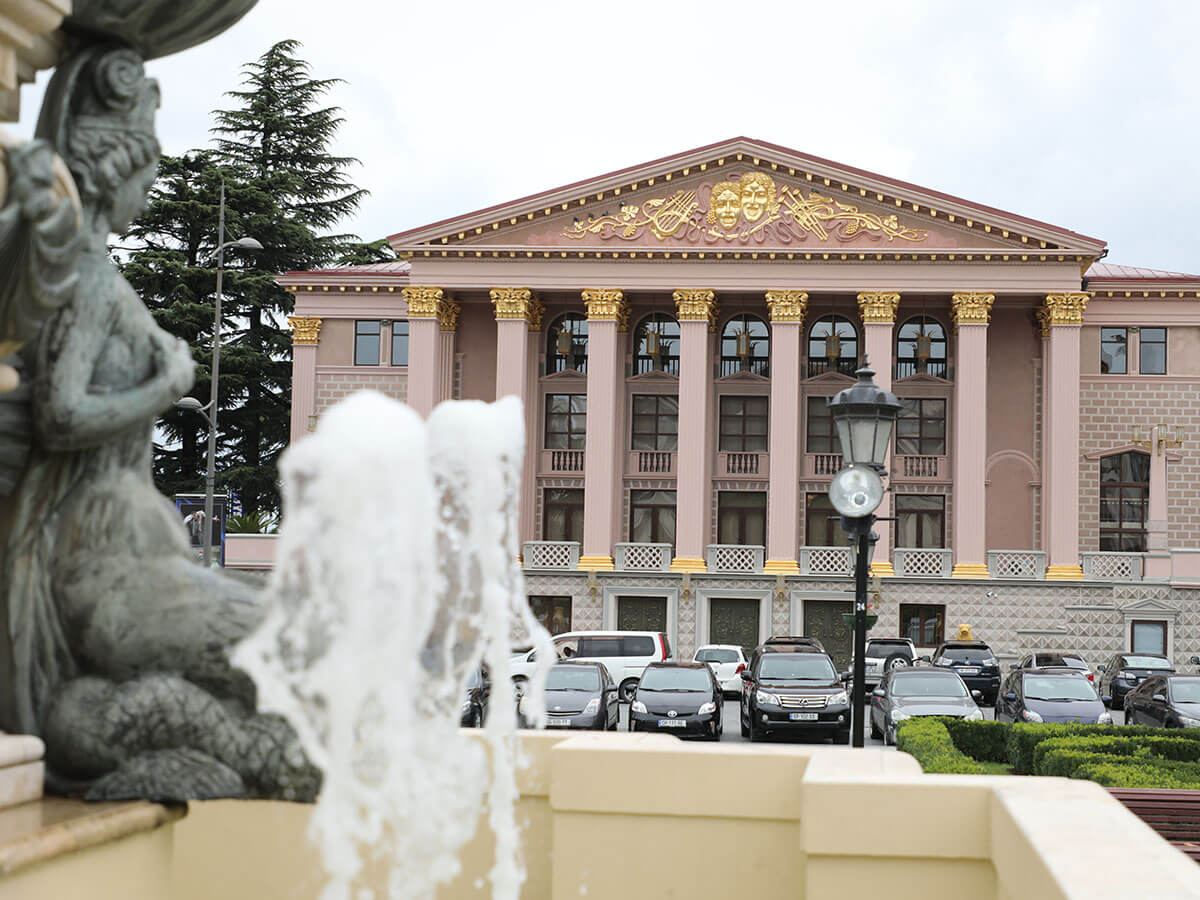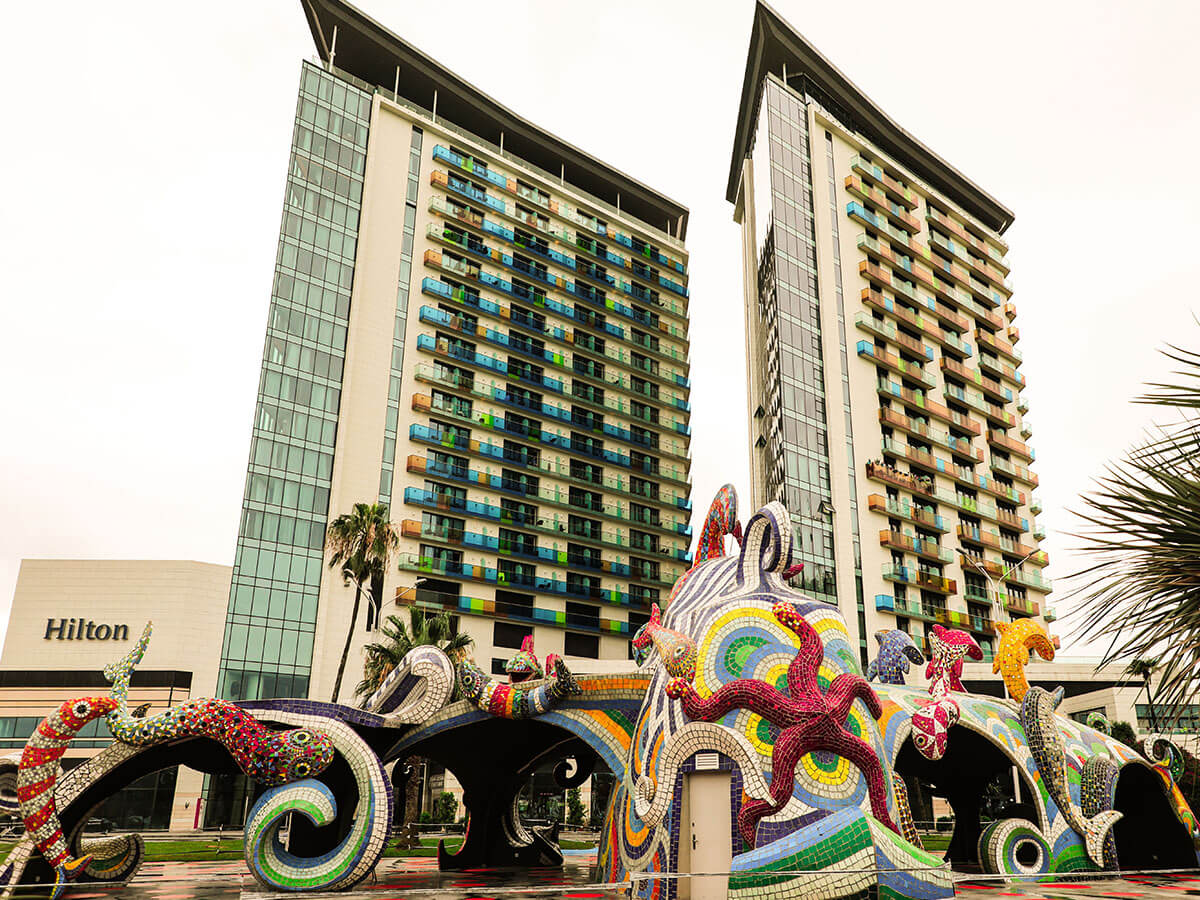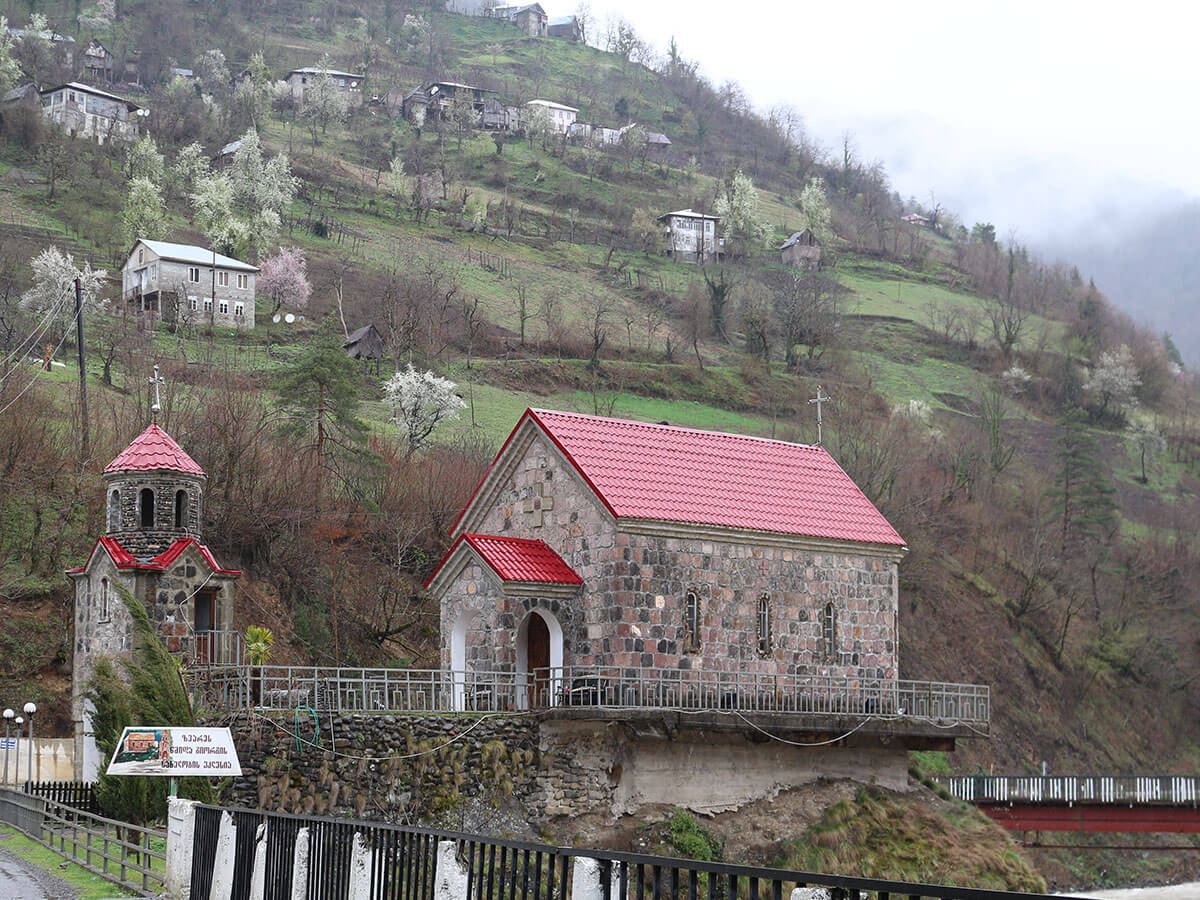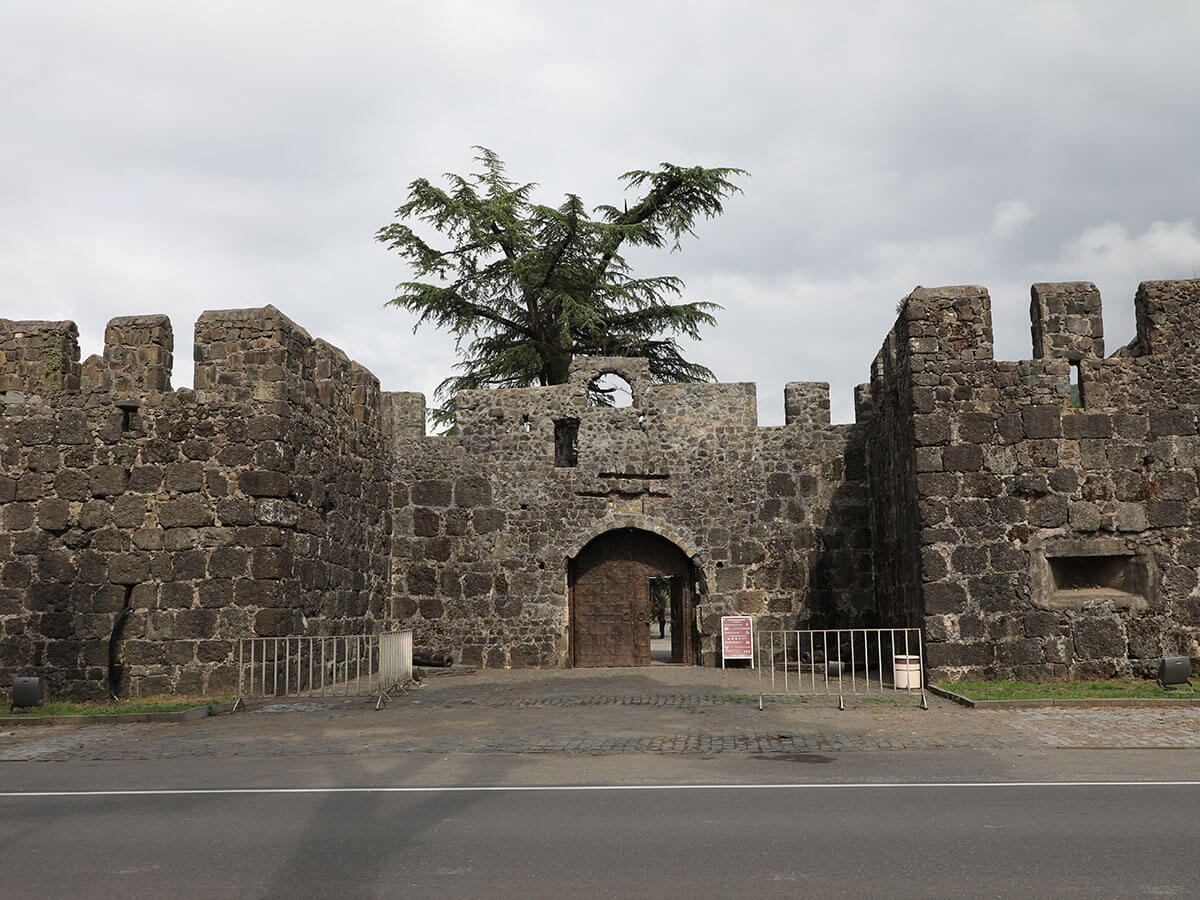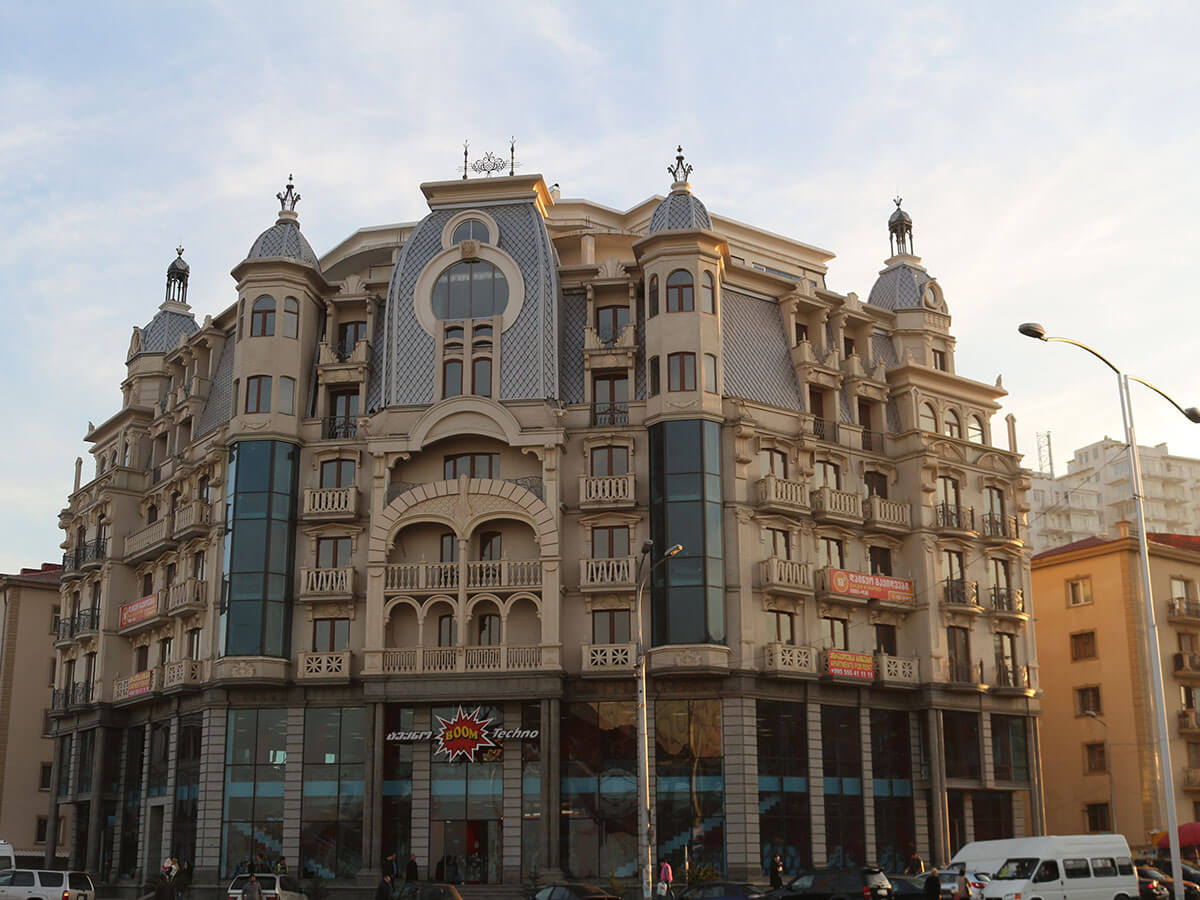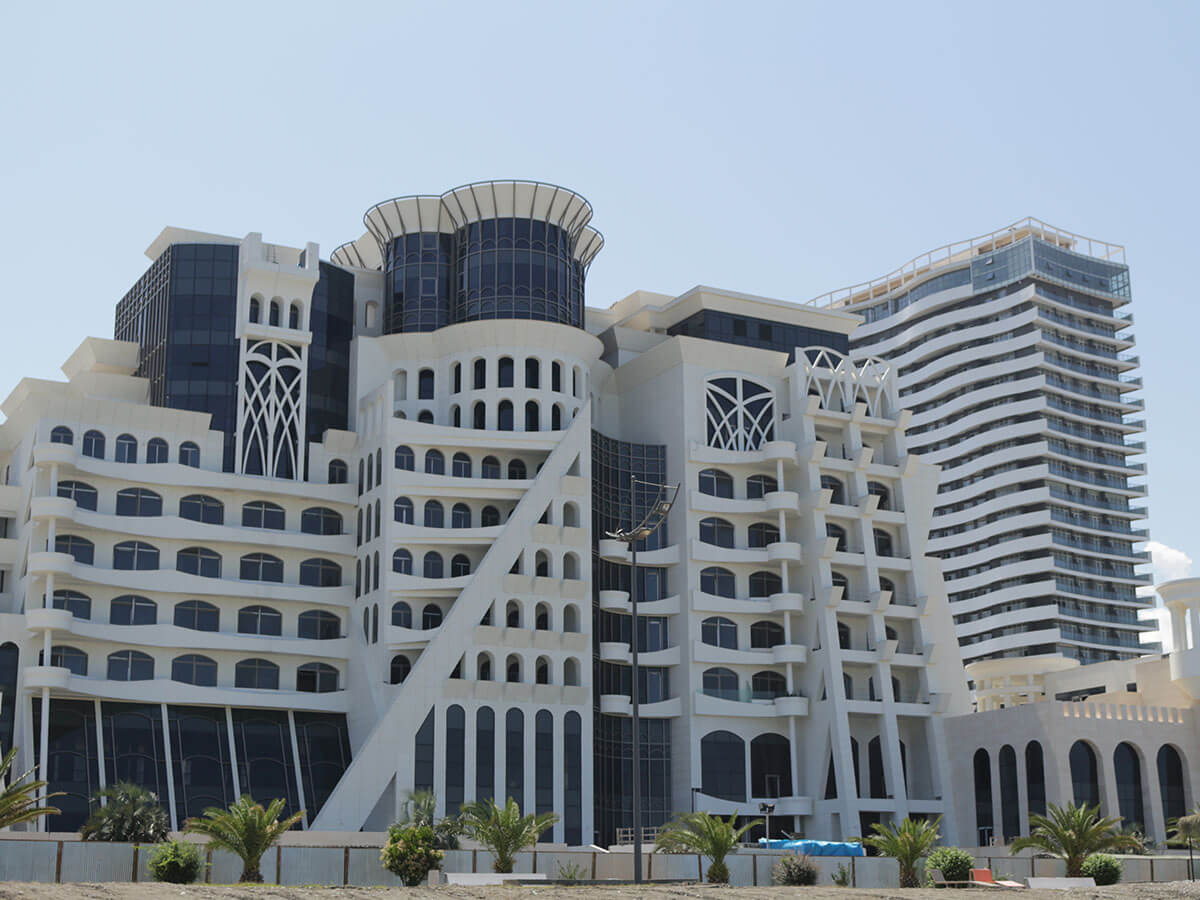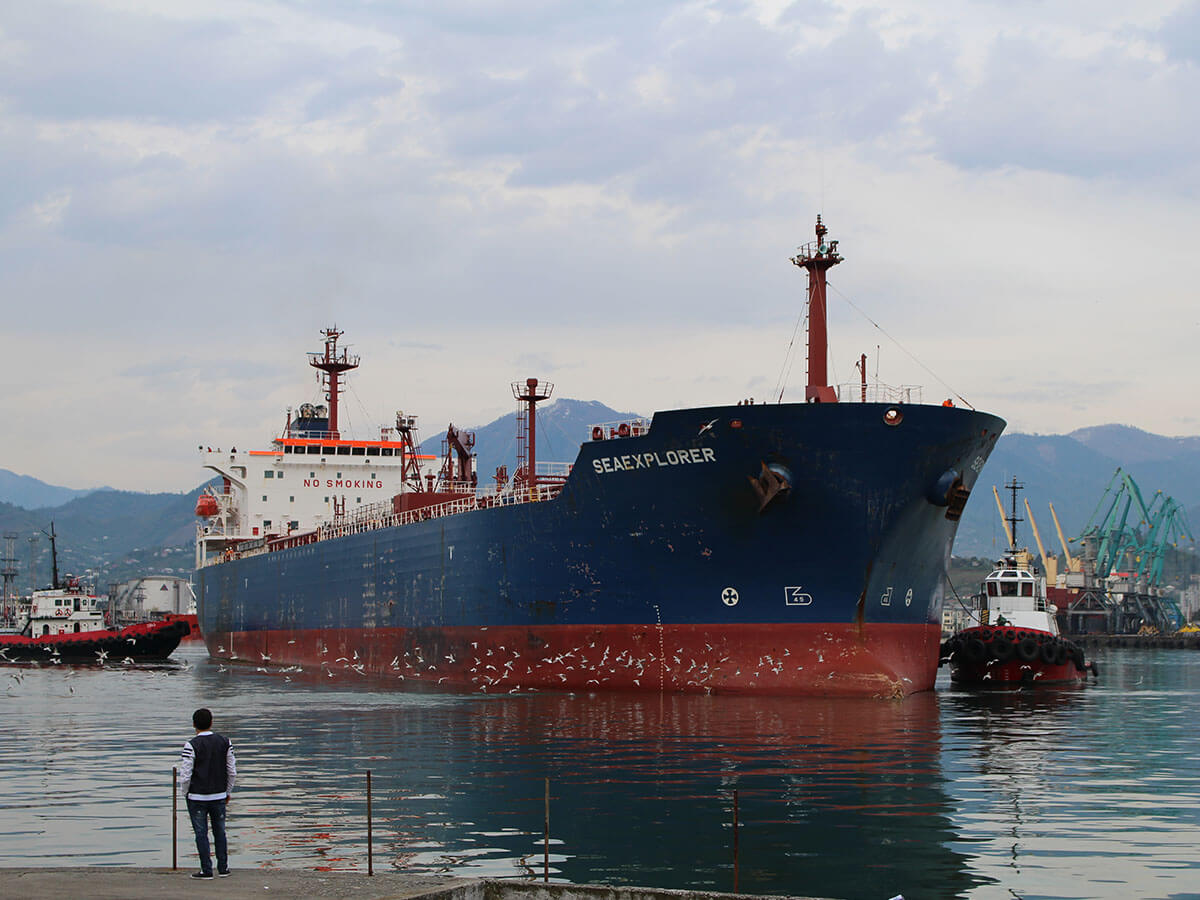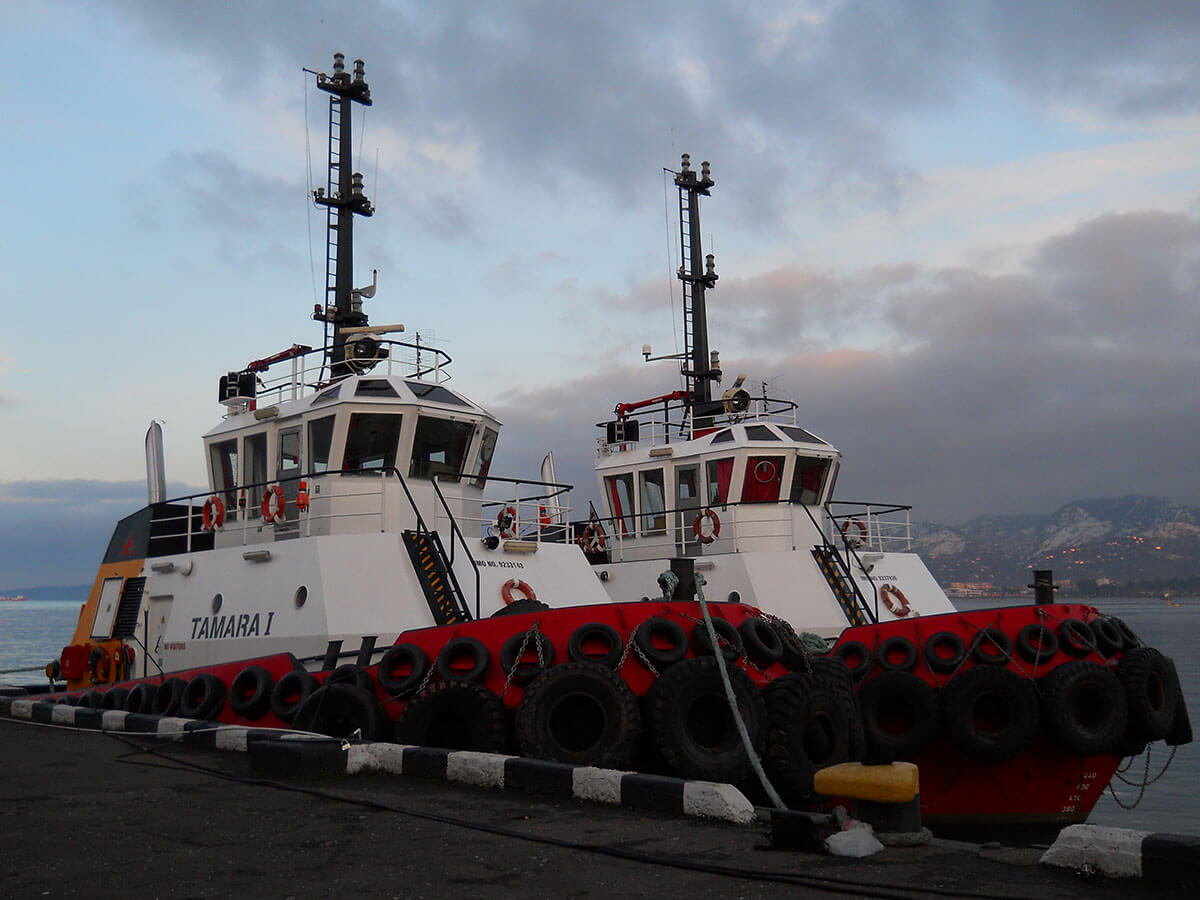Journey from the city of legends to the Black Sea coast
The Heart of Georgia-A central historical part of the capital of the country - diverse and tolerant ″Old Tbilisi″ where the Eastern and the Western cultures meet, the center of the Caucasus. Here, you will learn how Tbilisi was founded, how the Tbilisians have lived for centuries and what makes the city so remarkable. You will see important sights, walk in the streets of historical districts and listen to the stories about the city.
Kutaisi is a colorful city of Georgian intelligentsia, poetry, music, theater, humor and friendship.
Guria is a small, beautiful, mountainous coastal region bursting with green. A land of jaunty, witty and fiery Gurians, singing in all three voices and tones. In Guria, you will listen to the stories of how the incomparable Gurian horsemen ″conquered″ America, how the Gurians established the republic in the early twentieth century and who the Gurian bandits were.
Batumi a port city warmed by the sun and caressed by the sea on the Black Sea coast. Amazing mountain and sea landscapes.
The monument to King Vakhtang Gorgasali, Metekhi Church (XII c.) standing on the cliff, Abo Tbileli Church (XX c.), River Mtkvari, One Hundred Thousand Martyrs’ Bridge, Meydan Bazaar, Jean Chardin Street, Tbilisi Karavanserai Museum, Sioni Cathedral where the Cross of St. Nino the Illuminator (VII c.) is kept, the Anchiskhati, which is one of the oldest churches of Tbilisi, where the Christ’s non human-made Icon (V c.) is kept, Revaz Gabriadze’s puppet theater, Freedom Square - the border between Old and Bourgeois Tbilisi, the Tbilisi Catholic Church (XIX c.), Gudiashvili Square, the Great Synagogue of Tbilisi (XX c.), the Glass Bridge, the cableway, the monument of ″Mother Georgia″, Narikala Fortress and the Botanical Garden, Tbilisi Mosque (XIX c.).
Abanotubani and Legvtakhevi, Mtatsminda with the cell (VI c.) cut in the rock and church of Assyrian Father St. David of Gareja (XIX c.); Funicular, Mtatsminda Pantheon of Writers and Public Figures, the grandiose Holy Trinity Cathedral (XX c.), Rustaveli Street - the central avenue of the capital; evening program: we will eat Georgian dishes at the restaurant and watch Georgian national dances.
Central Park, so-called ″Kutaisi Parliament″, Drama Theatre, historical building of School #1 - the ″Cradle of intellectuals″ (XIX c.), the royal palace ″Golden Canopy″, White Bridge, Red Bridge, Chain Bridge, the Third Gymnasium (XIX c.), the Jewish district of the city, the Baroque and Gothic Church of Our Lady in the French district (XIX c).
The Bagrati Cathedral of the Dormition, the symbol of the unity of Georgia, dating back to the 10th century, stands on Ukemireoni Mountain. You can meet the colorful personalities of Kutaisi, whom the city residents immortalized in an original way by erecting their monuments.
Motsameta, the monastery named after Argveta princes, brothers David and Constantine, standing on the peninsula in the gorge of Tskaltsitela River, near Kutaisi.
Gelati Monastery and Academy – a medieval spiritual, cultural and educational centre, founded in the 12th century by King David Agmashenebeli, the most renown king of Georgia. The central church is the Cathedral of Our Lady, while the other church is of St. George. There is also a two-storey Cathedral of St. Nicholas.
Sataplia - Sataplia Forest Reserve and the Caves, where traces of dinosaurs are preserved. The Prometheus Cave - one of the most famous sights of Imereti near Tskaltubo city. It is the biggest cave in Georgia with 5 large halls, which can be accessed via a 1.5 km long road, as well as by a boat tour in the rest of the Cave.
The Trinity Monastery – found between the village of Chkonagora and Sameba Mountain with a nunnery. The Monastery was founded at the end of the XIX century. The main church, the Virgin Mary Cathedral was built in 1896.
Udabno Monastery - the monastic complex of St. John the Baptist. One of the churches of the Monastery is carved in the rock. As per the architectural data, the Church dates back to the second half of the 6th century. A second church, built in the 19th century, is found 200 m away from the cave church, in the upper part of the slope.
Jumati Monastery - is located on the top of the mountain, overlooking the Kolkheti Lowland. The Monastery of the Archangels Michael and Gabriel. Enclosure, bell tower and the main temple date back to the early feudal age, with the paintings of the XVI-XVIII centuries. Achi Church of St. George with unique ″fiery″ frescoes of the 13th century
Bakhmaro is a mountain resort of Guria, in Chokhatauri Municipality, at an altitude of 2050 m, with both, the marine and mountain air creating a unique climate with the natural healing properties.
The resort is a unique cave surrounded by evergreen spruce and fir forests. Bakhmaro has Mount Gadrekili, known to the holidaymakers as ″The Sunrise Hill″. Gadrekili is a few kilometres from Bakhmaro and the campers go there to watch the sunrise on the mountain.
Nabeglavi - a balneological resort and village. Nabeglavi is famous for its unique climatic and balneological conditions. Invaluable mineral water ″Nabeglavi″ flows there. ″Nabeglavi″ spring was discovered in 1905.
Old Batumi - the area adjacent to the Port. The streets in old Batumi, the Church of St. Nicholas of the 19th century. Piazza Square. Argonauts’ Square, with the statue of Medea with a Golden Fleece in her hand erected in the centre.
One of the attractions of the city is its 5-km-long coastline with a pedestrian zone and a bicycle path.
Batumi Boulevard - the park on the Sea coast in the north-western part of the city, a fascinating the visitors with its giant broad-leaved trees for more than 100 years. There is also a dancing fountain and Nuri-Geli lake in the Boulevard.
The Botanical Garden is a unique place covering an area of 110 ha, with a collection of five thousand beautiful and rare plants. The outstanding species are: Japanese Sakura, cactus, bamboo, date palm, cypress and eucalyptus.
The Batumi Cathedral is a beautiful example of Gothic architecture of a French tradition, built with the donations of entrepreneur and philanthropist Stephane Zubalashvili. The church is decorated with tall stained-glass windows and statues of the Apostles of Christ.
Orta Jame Mosque in Batumi built in the 19th century, with the donations from the mother of Ajarian public figure Aslan Beg Khimshiashvili.
Armenian Church of the Saviour – the temple is notable for its stained glass windows with an eight-pointed star, which is the symbol of old Armenian Christians. In the yard of the Church, there grows the tree planted by the famous artist and collector Ivan Aivazovsky.
The ropeway that takes the visitors to a 250-meter-high mountain with a stunning view of the city and the Sea.
Mtirala Mountain, National Reserve - the mountain is almost always surrounded by clouds.
The large part of the forest park is occupied by Kolkhi forest, rich with healing springs and rare plants.
The main charm of Mtirala is the Green Lake and the waterfall. .Here We will walk in the jungles of Adjara.
Upper Ajara, the same as ″Didajara″ where the first Apostle of Christ Andrew stepped first in Georgia.
Ajaristskali and Machakhela River gorges: Makhuntseti waterfall, ancient stone bridges, Gvara Fortress (XI c.) which controlled these two gorges, Dunga and Chkhutuneti waterfalls, Ethnographic Museum, workshop of ″Machakhela″ that is Ajarian gun, Skhalta monastery (XII c.).
We return to Tbilisi.
We take guests to the airport
